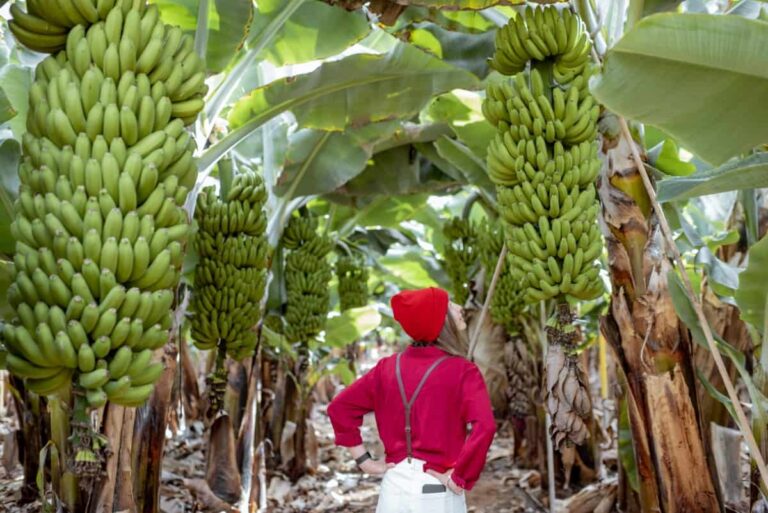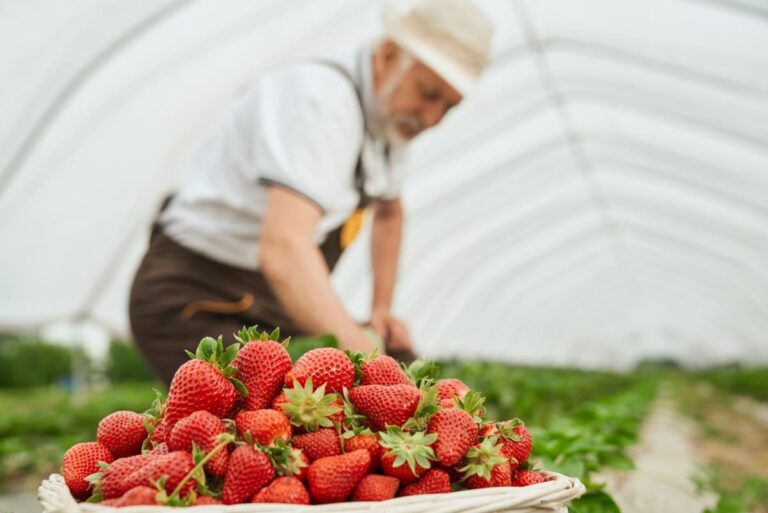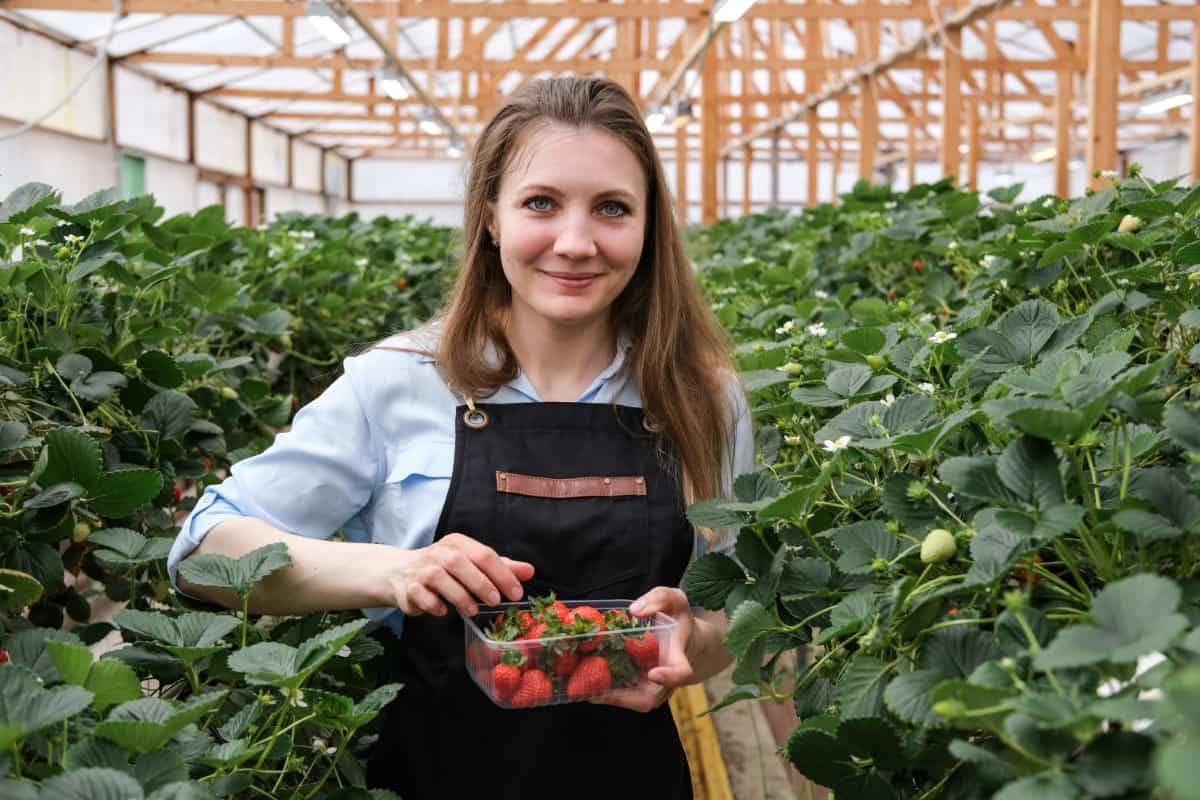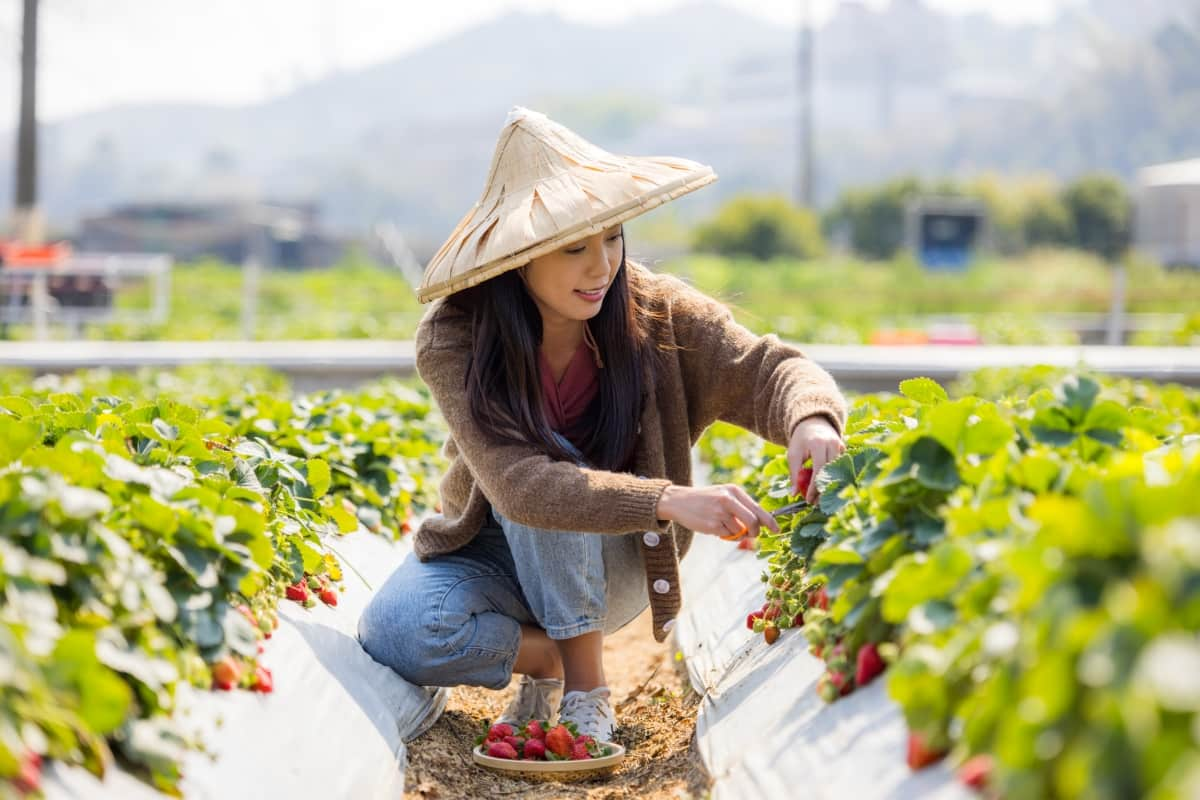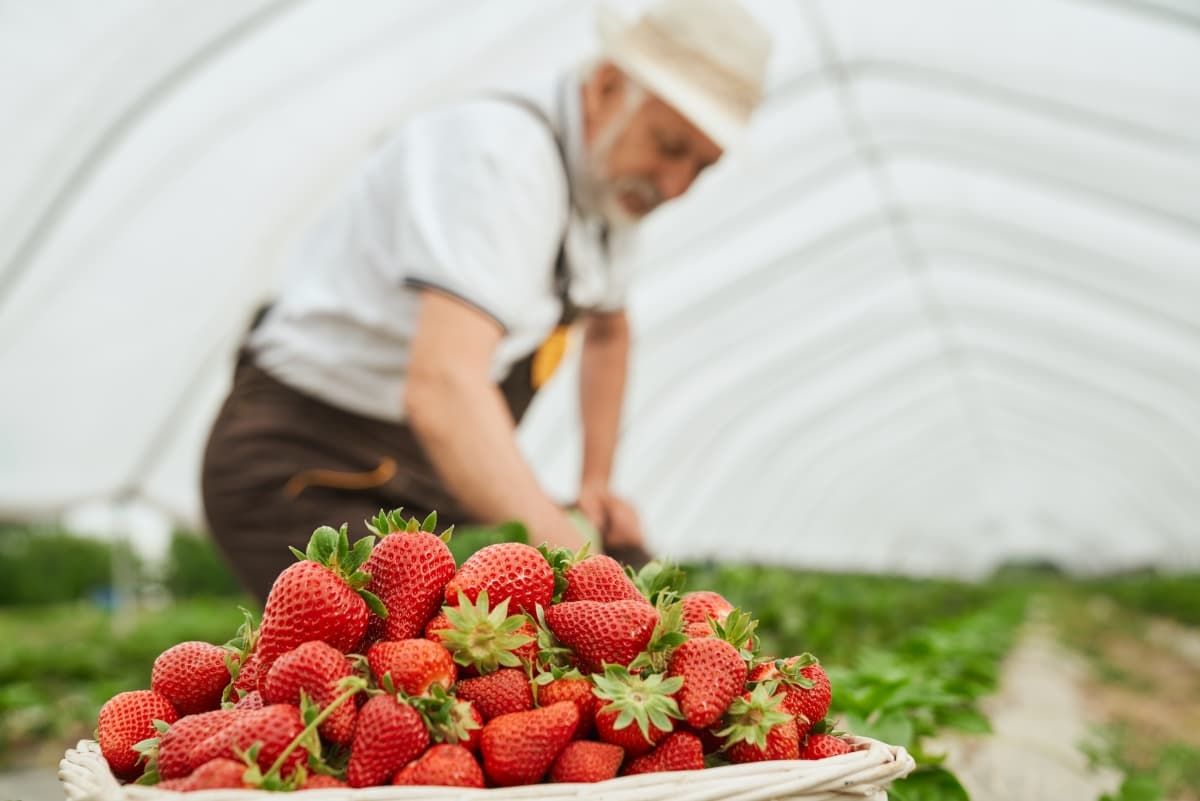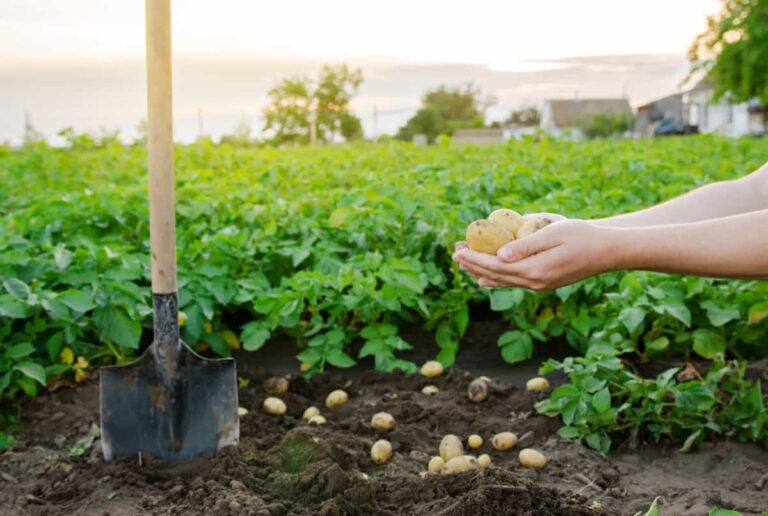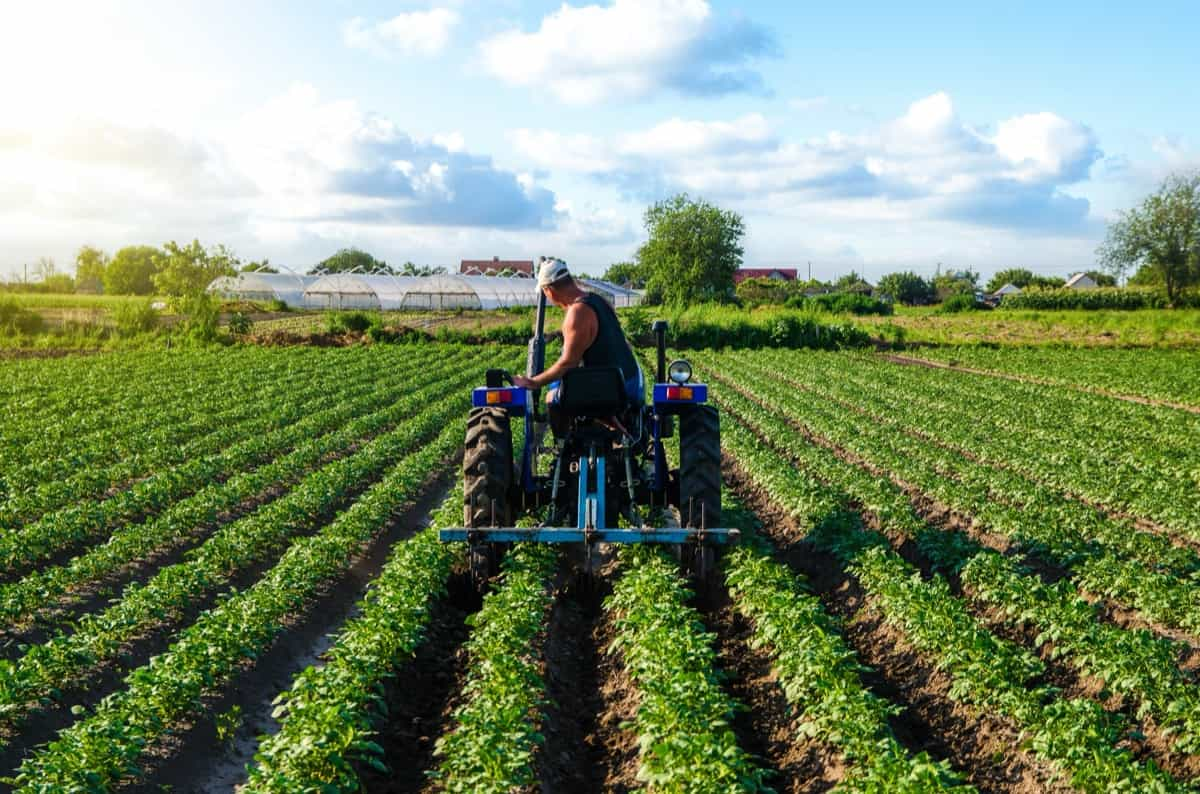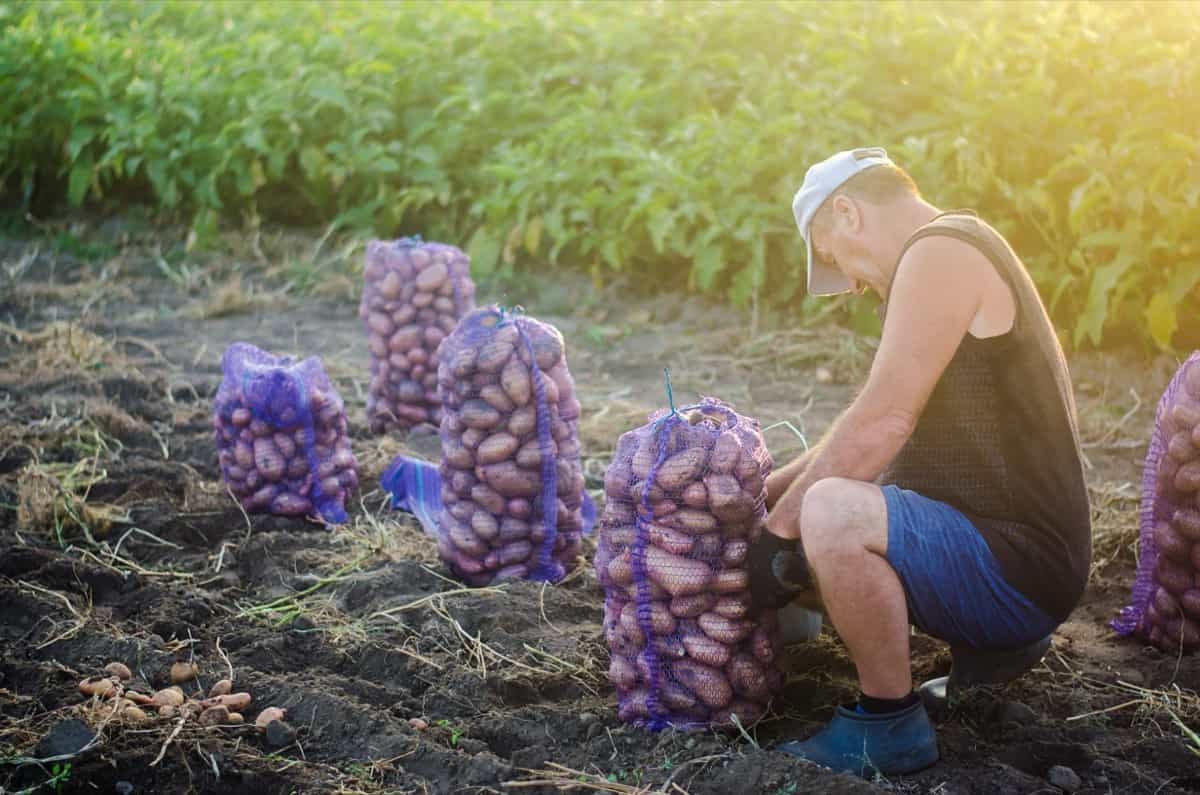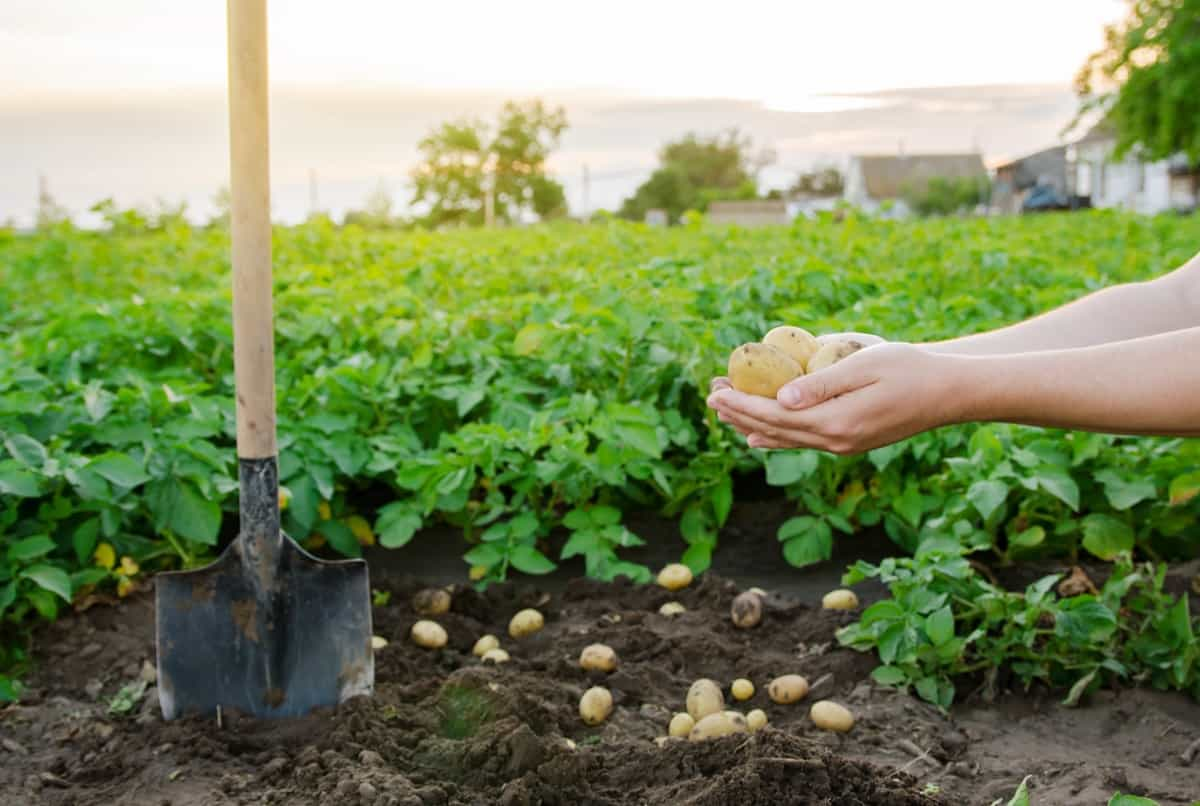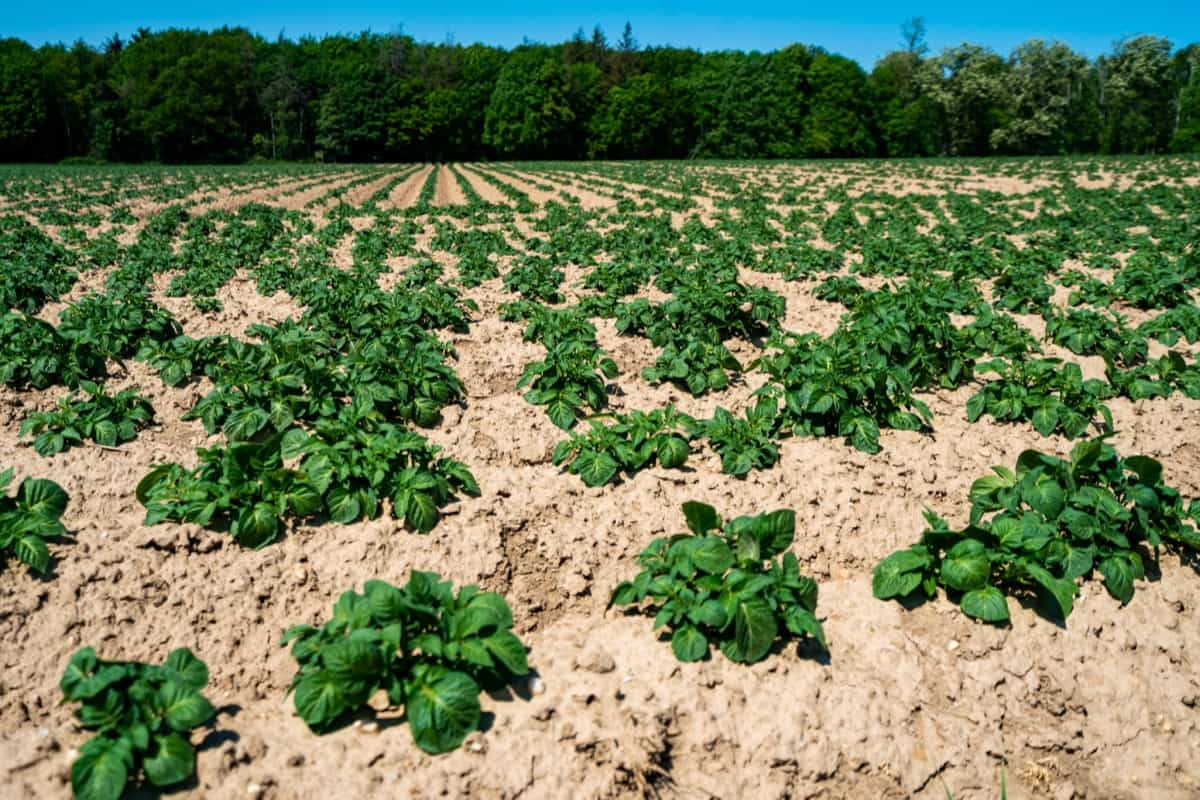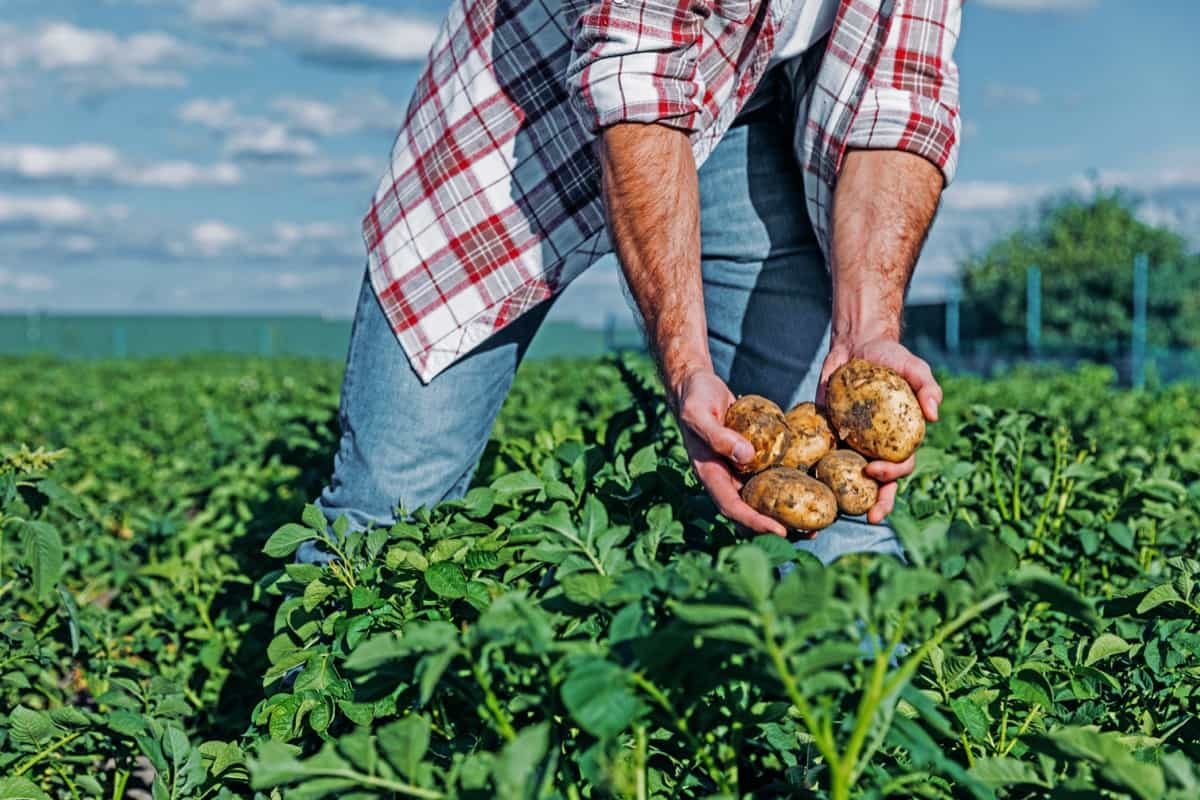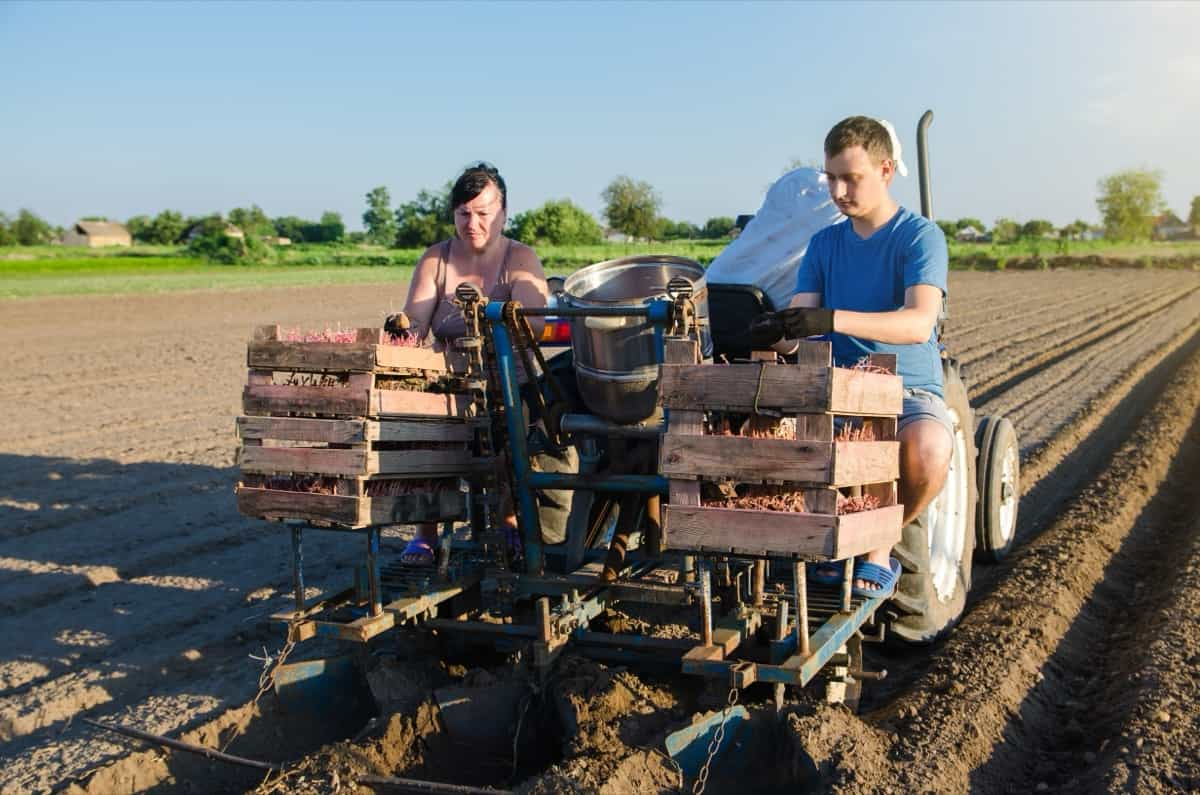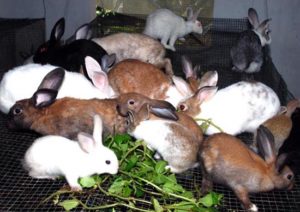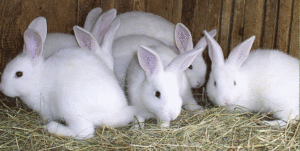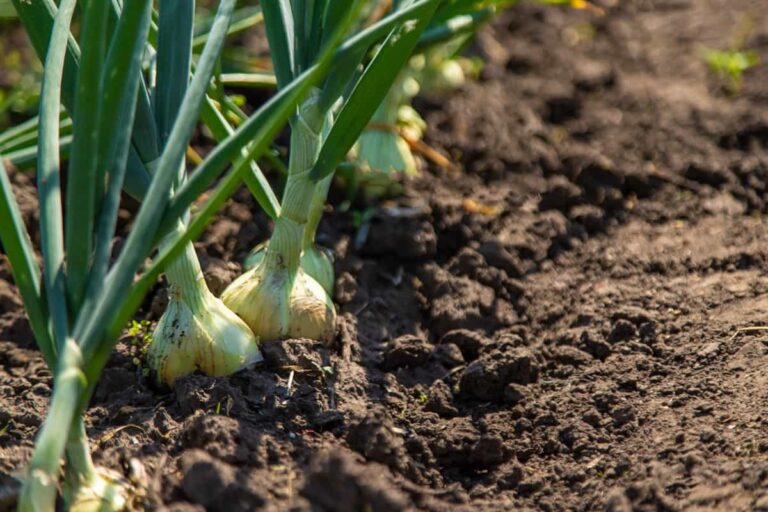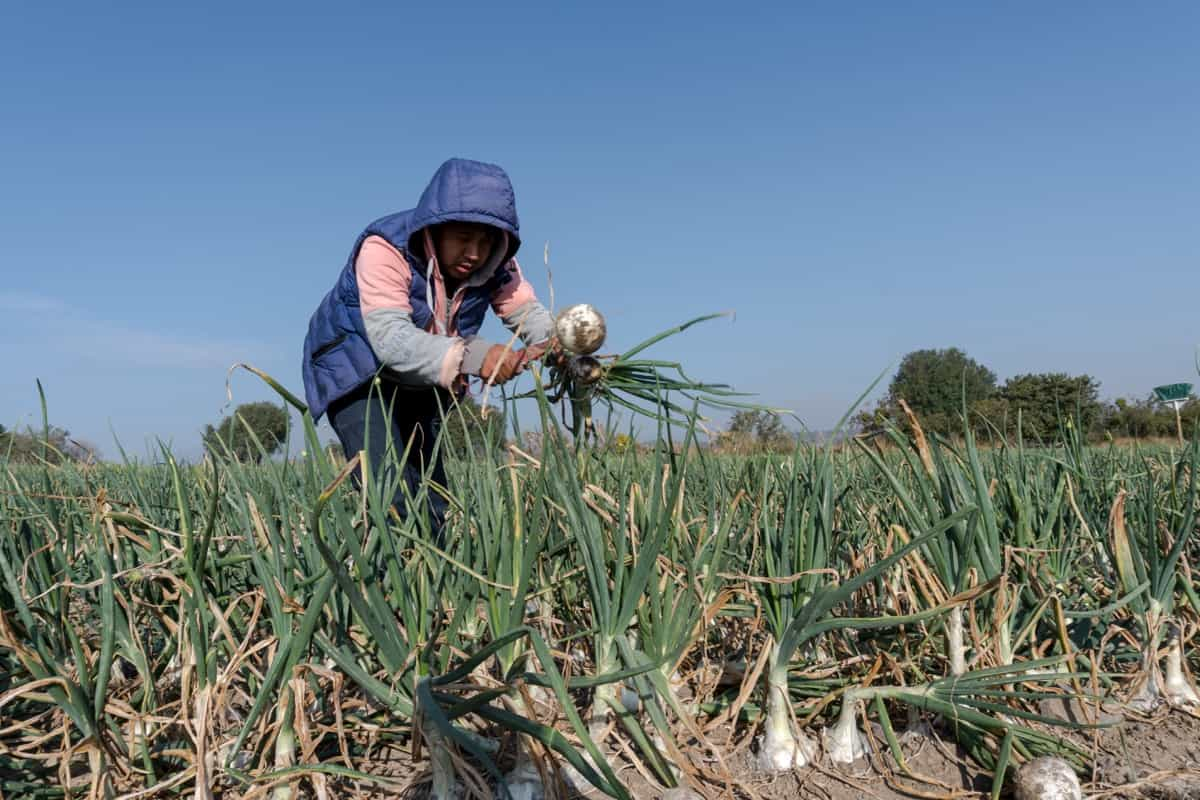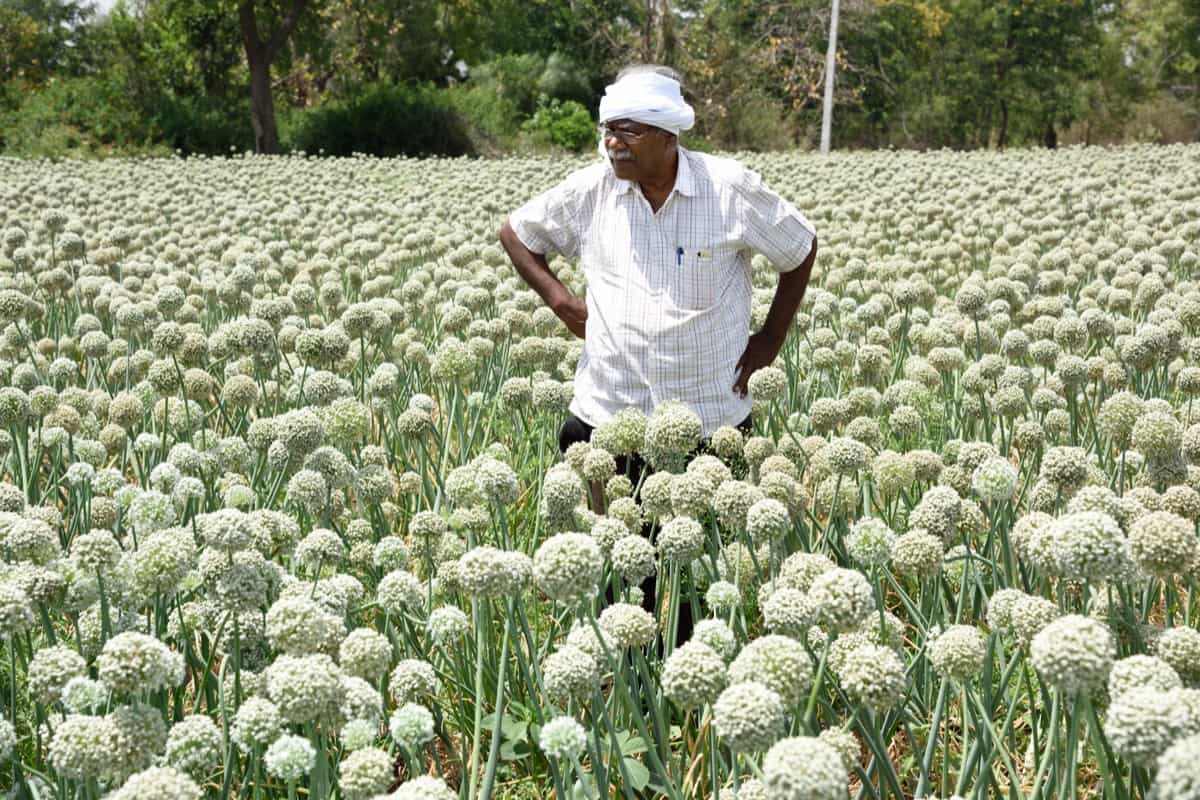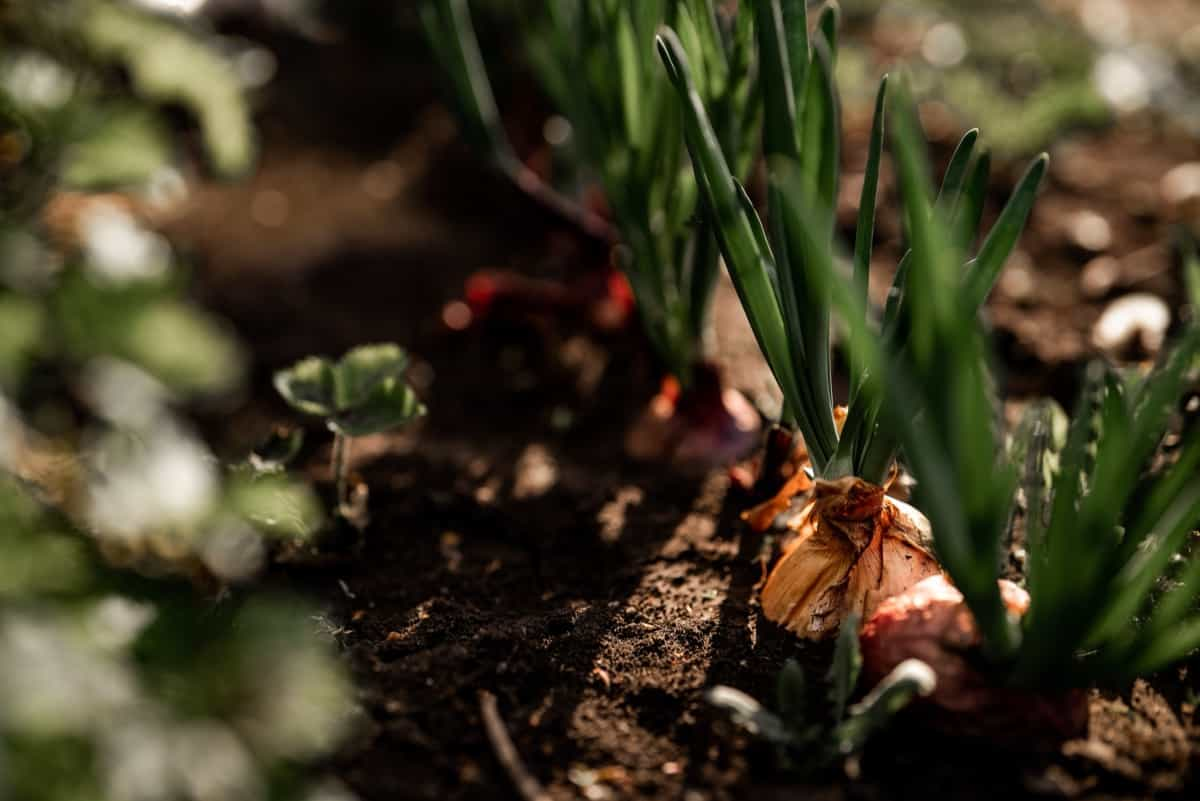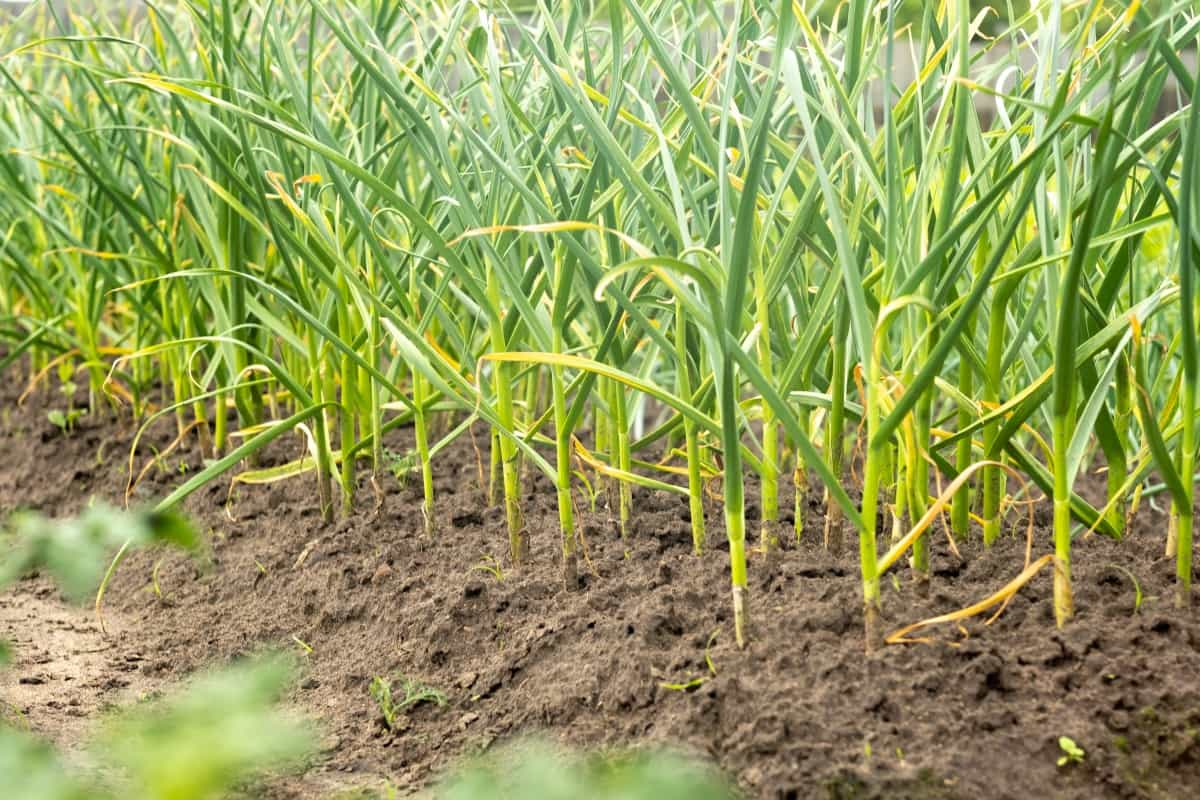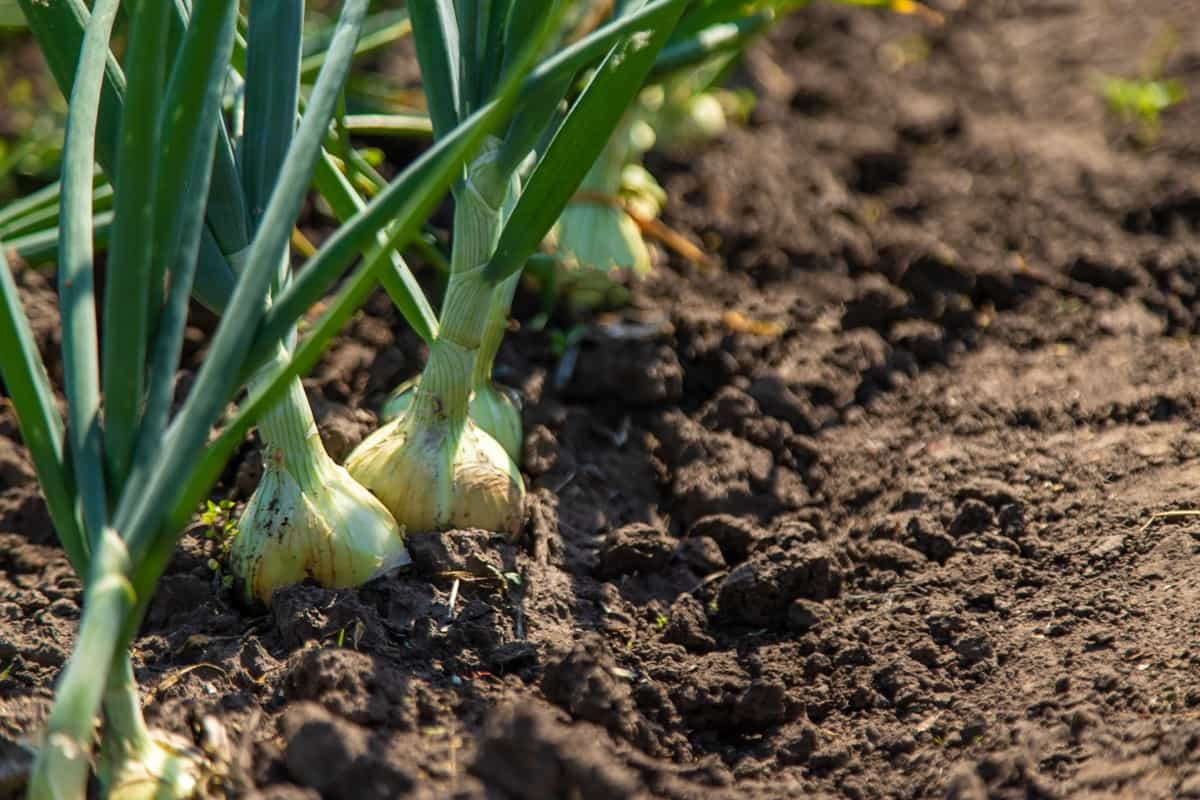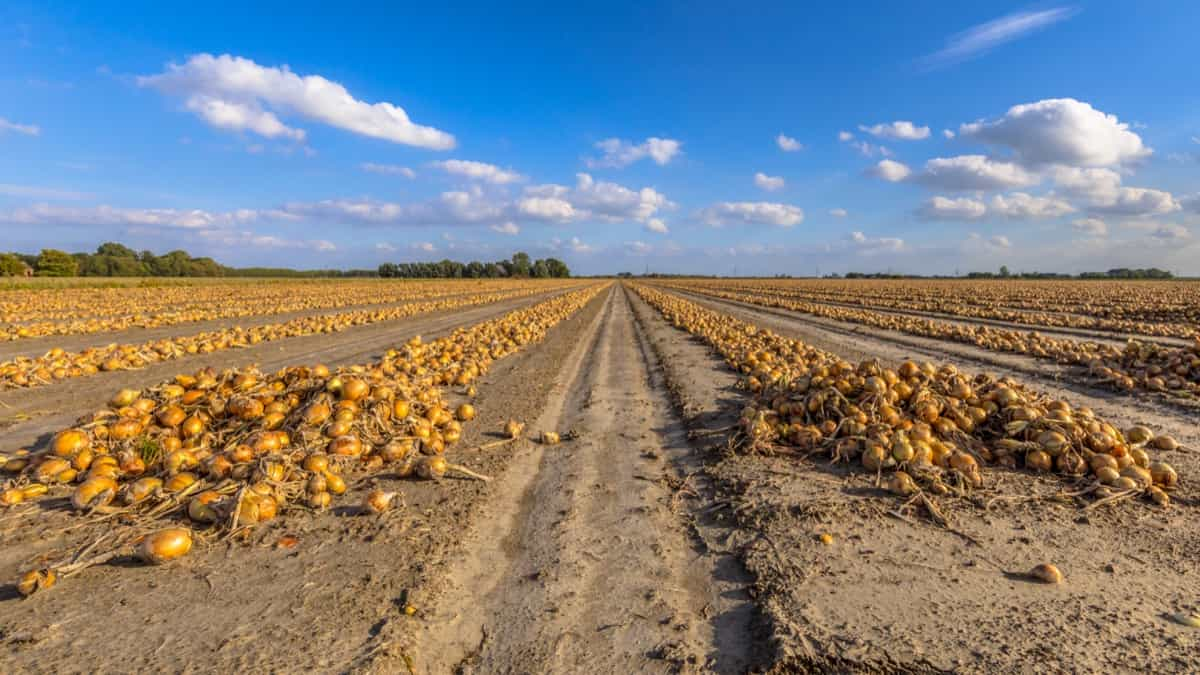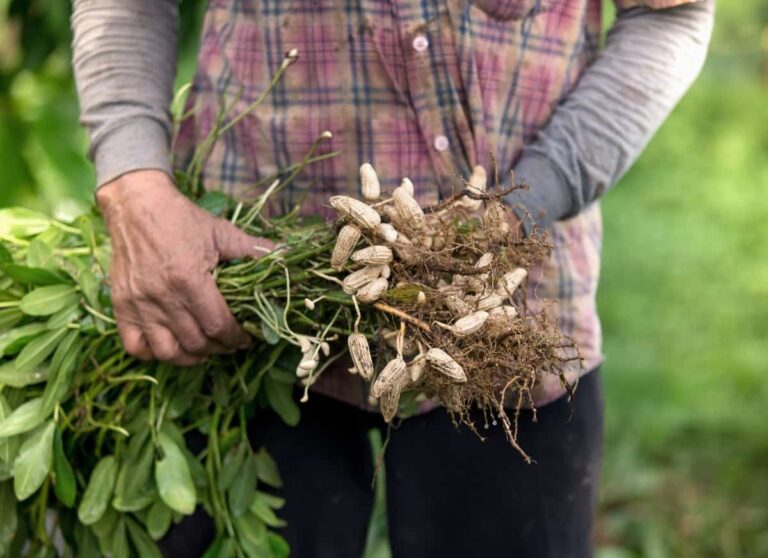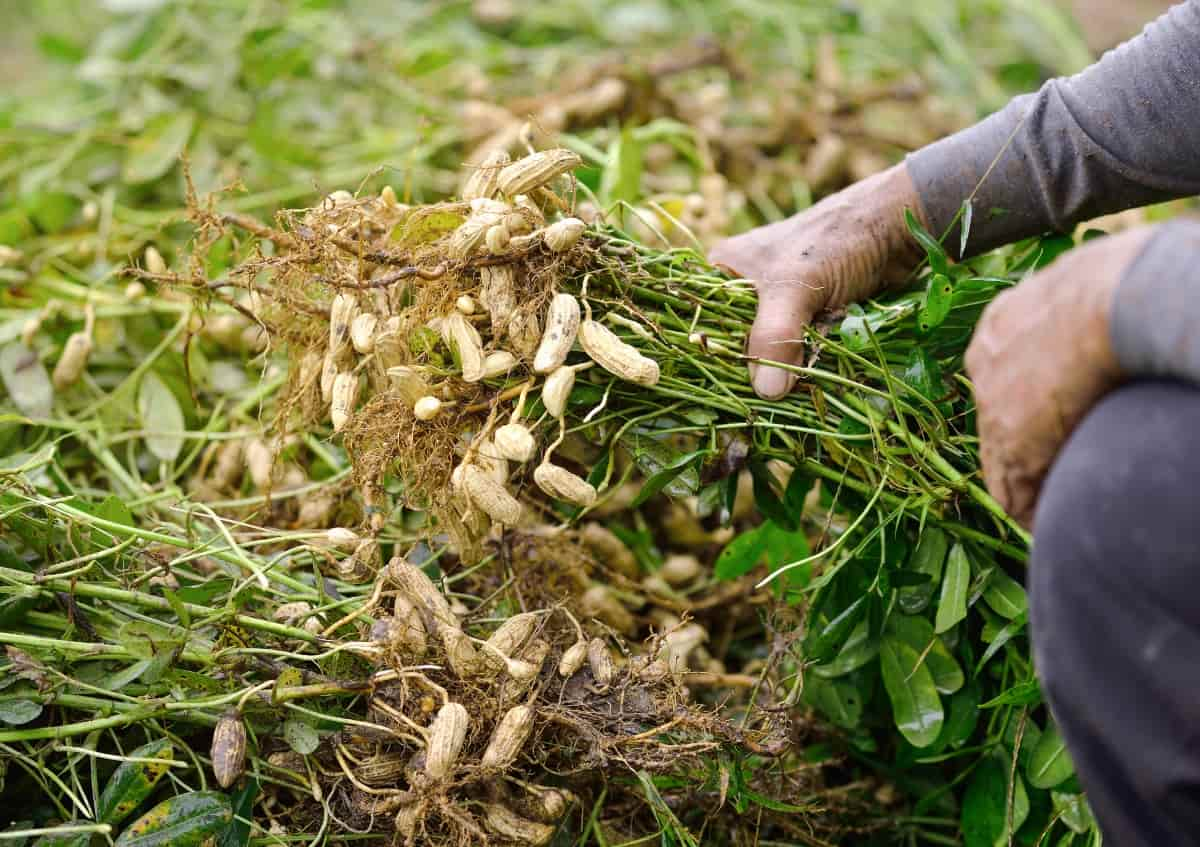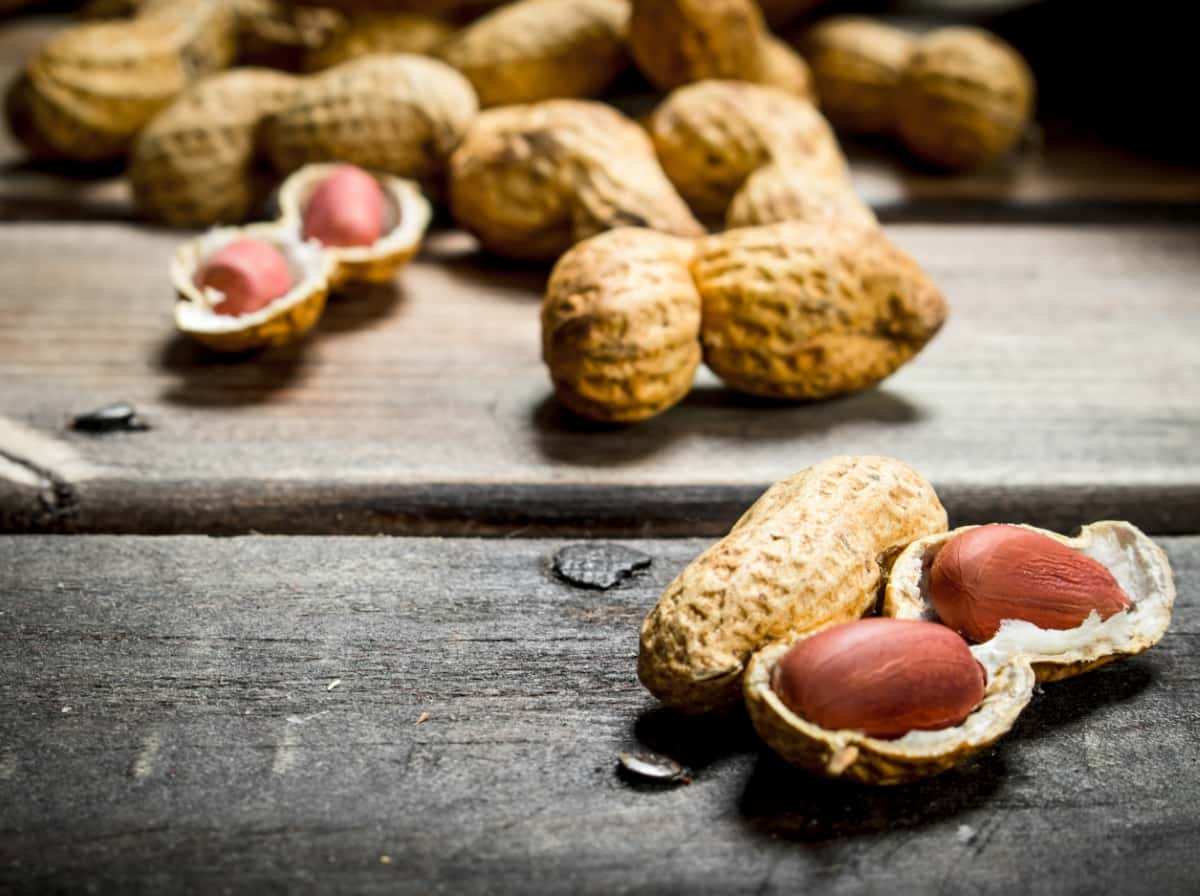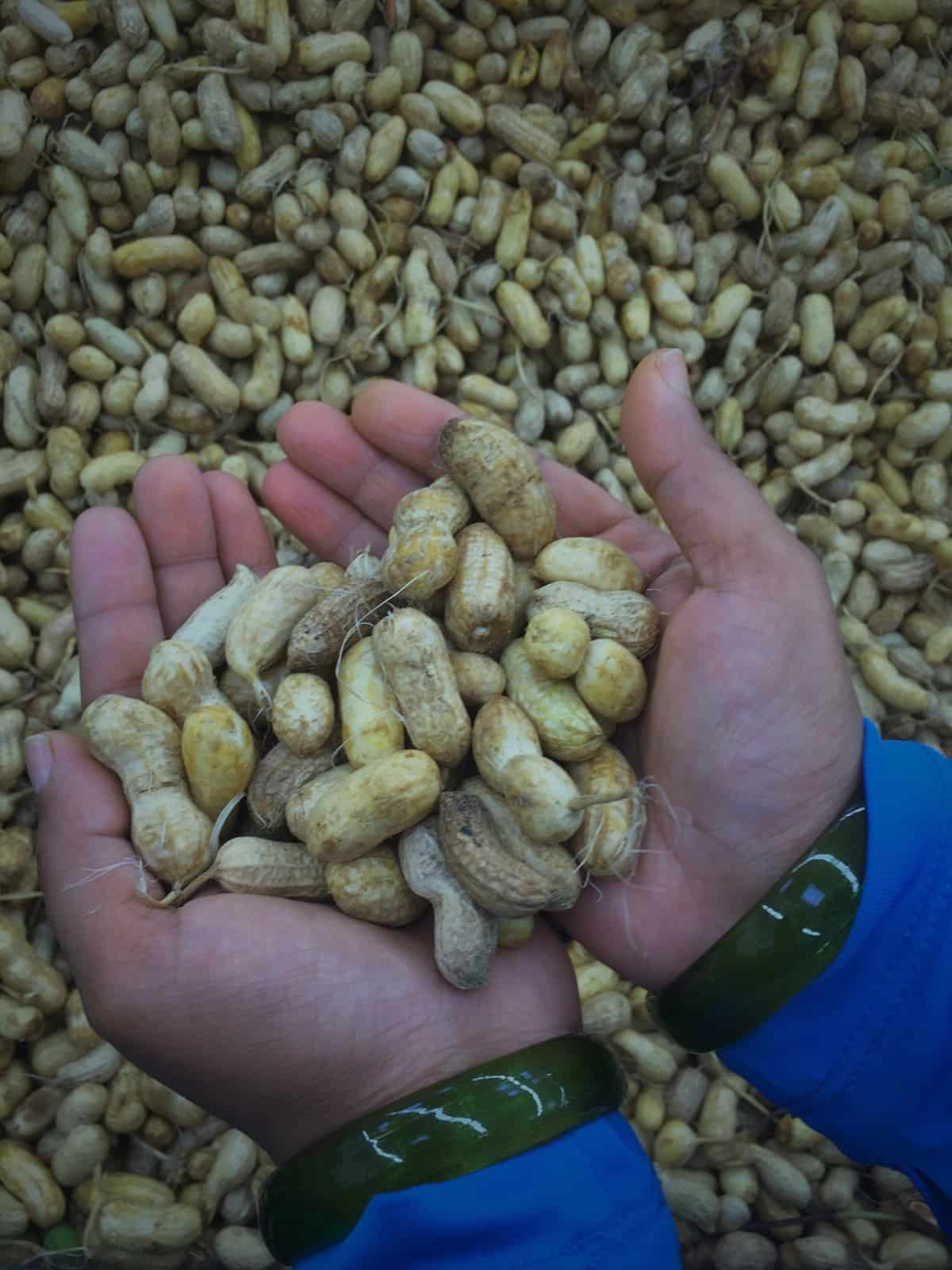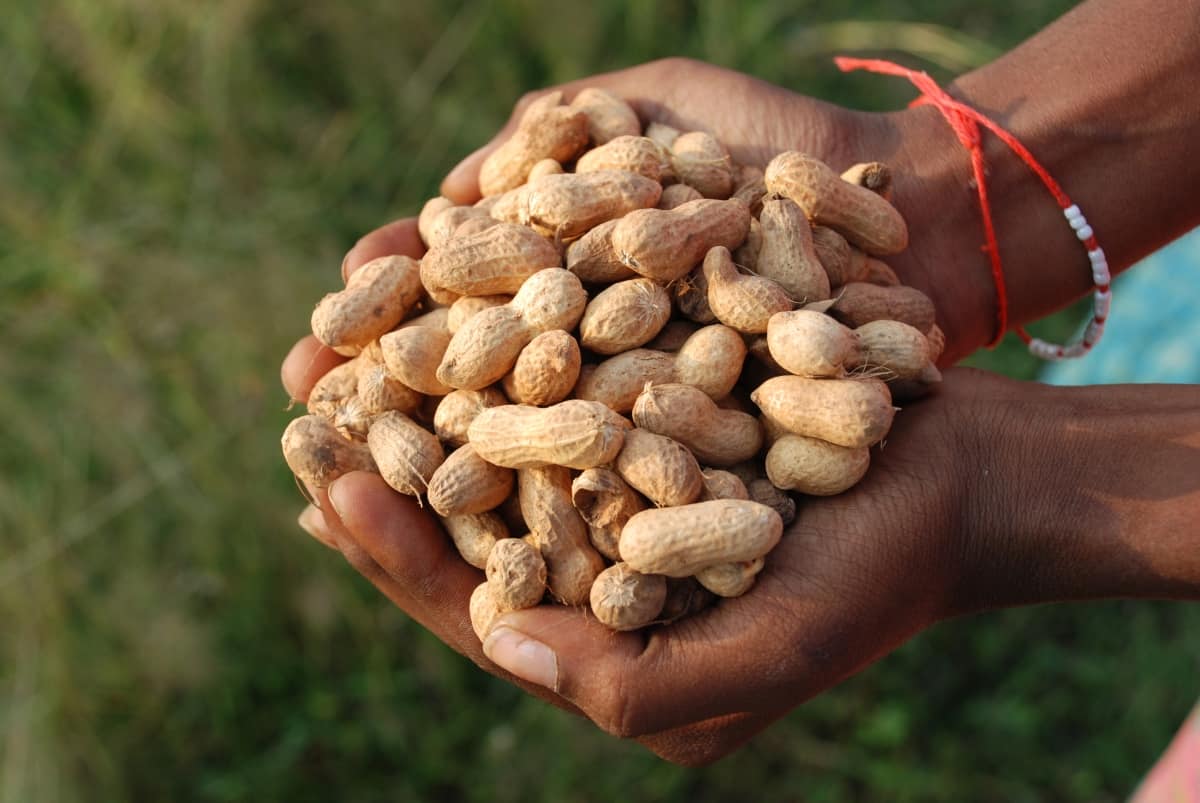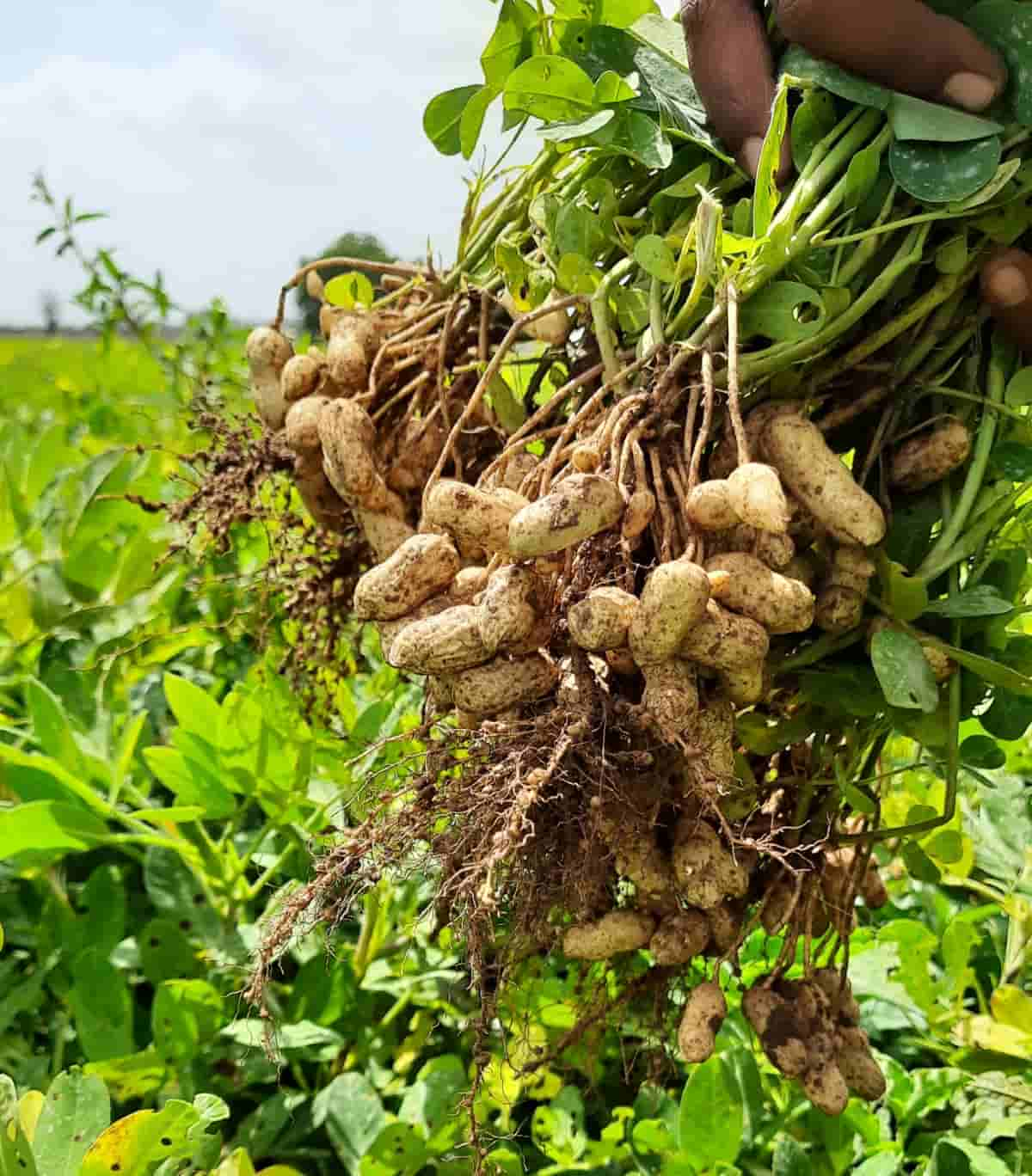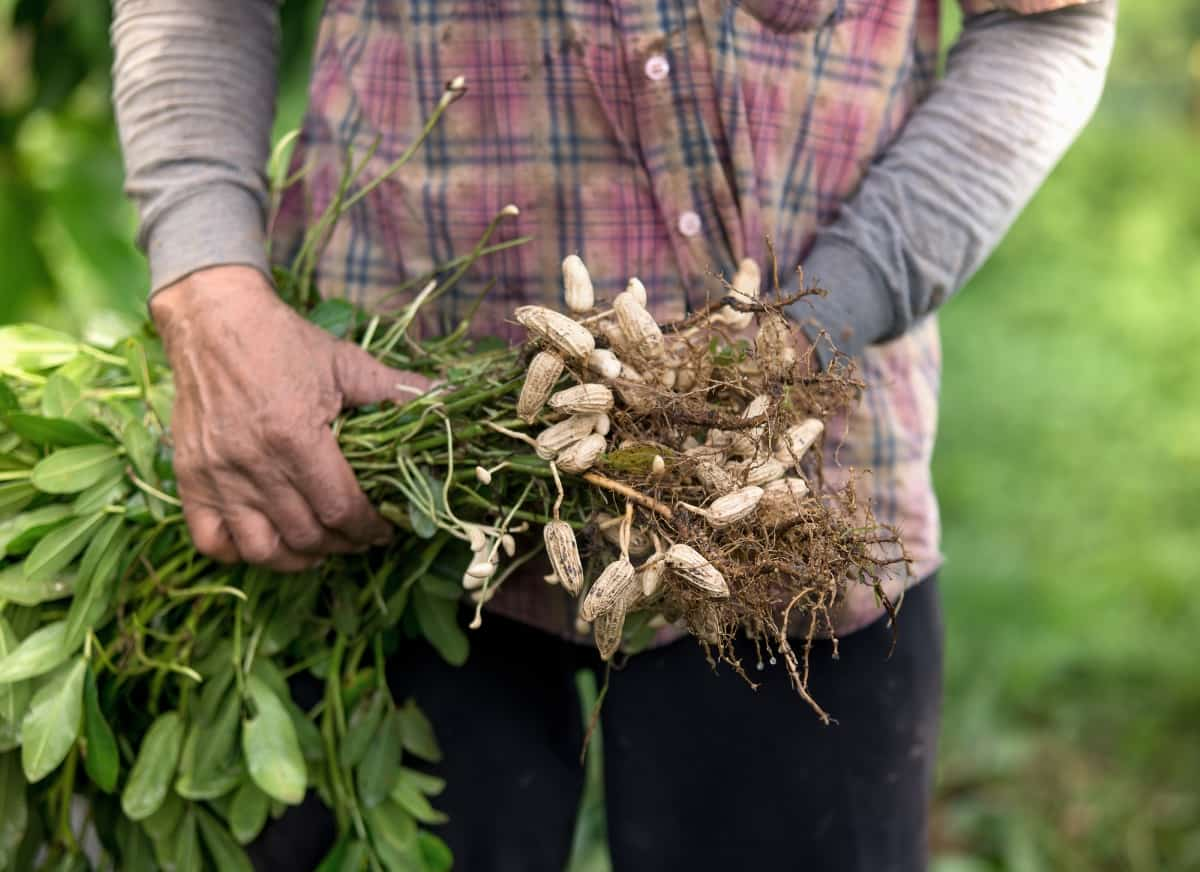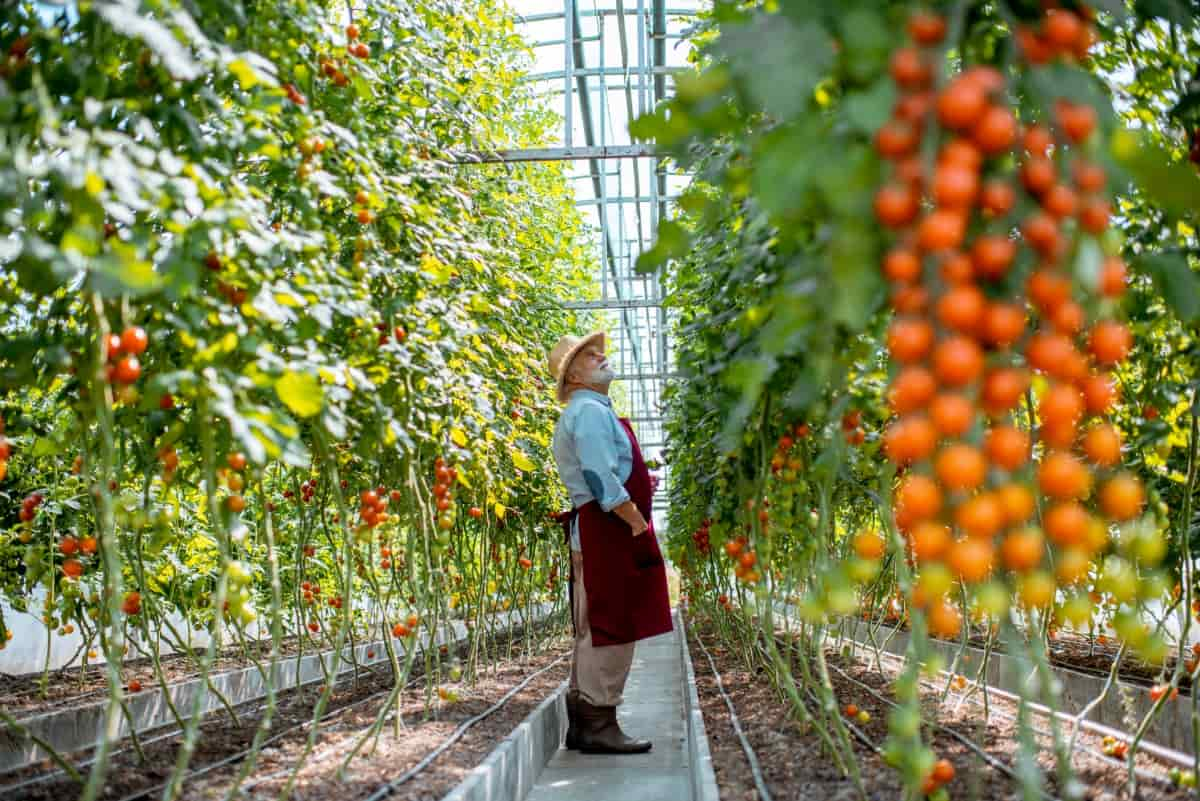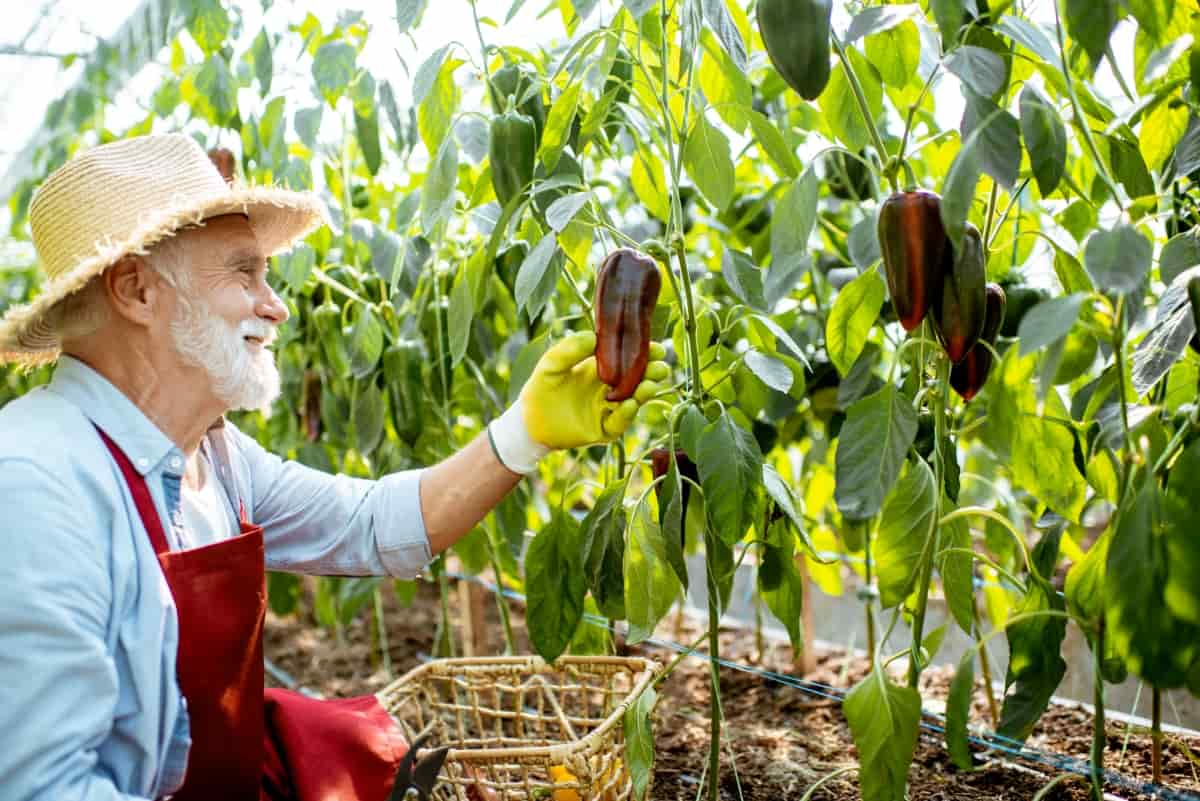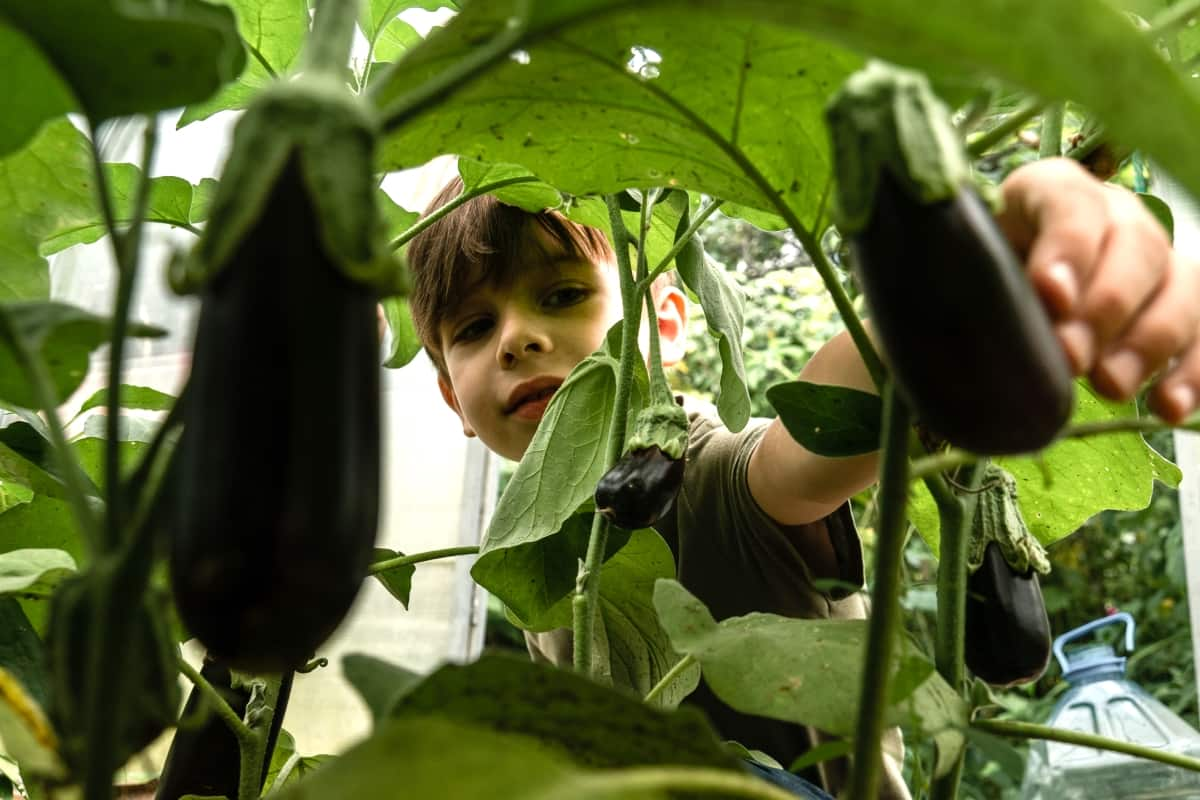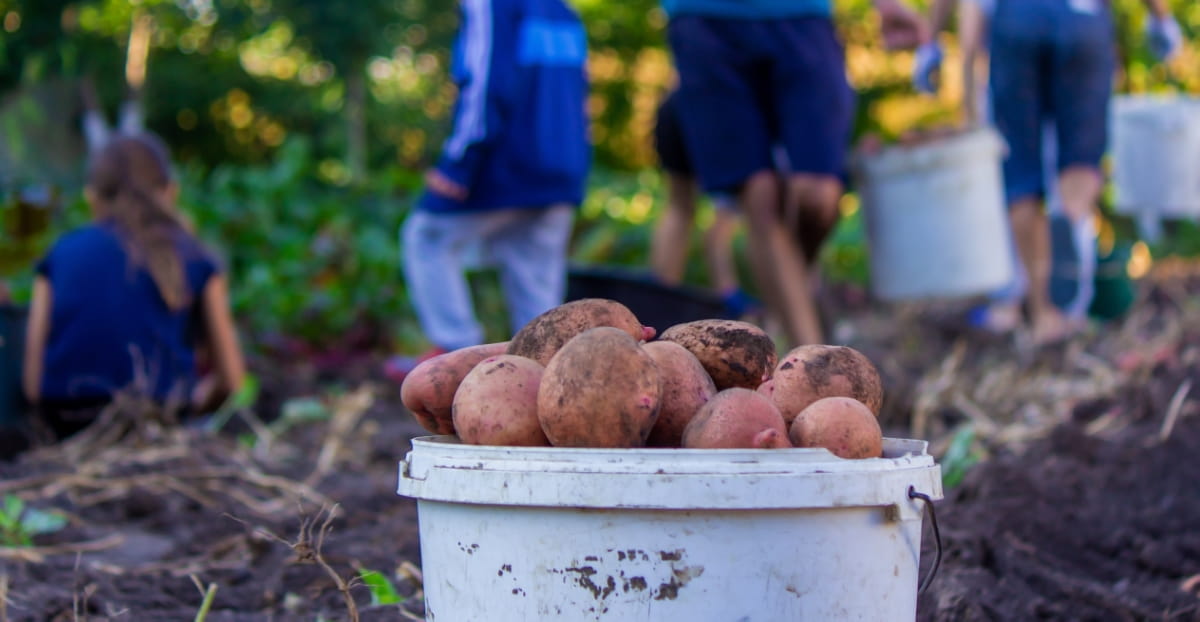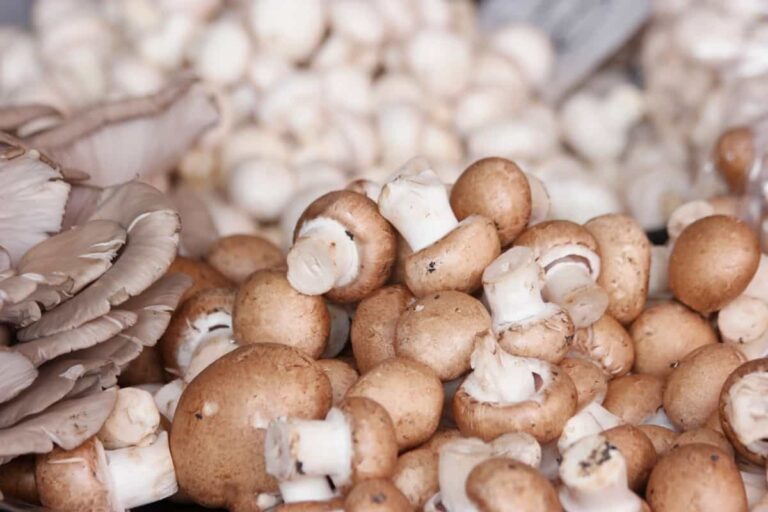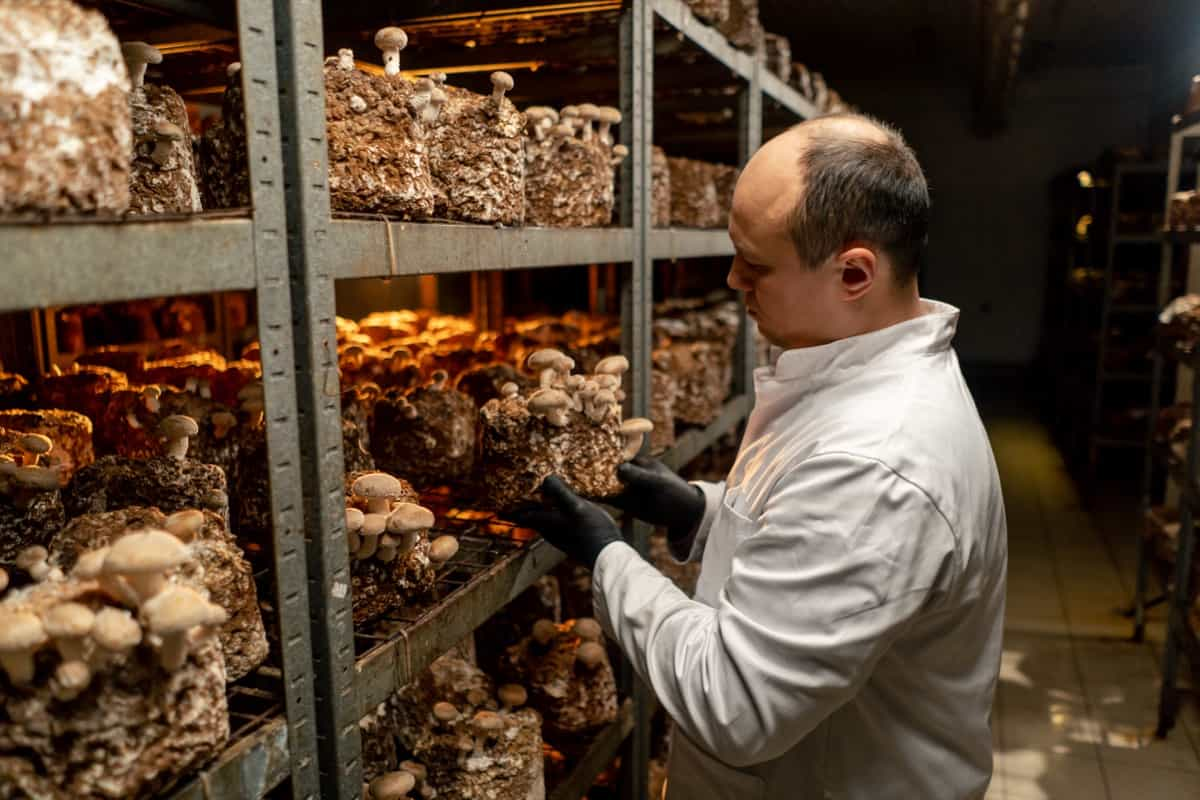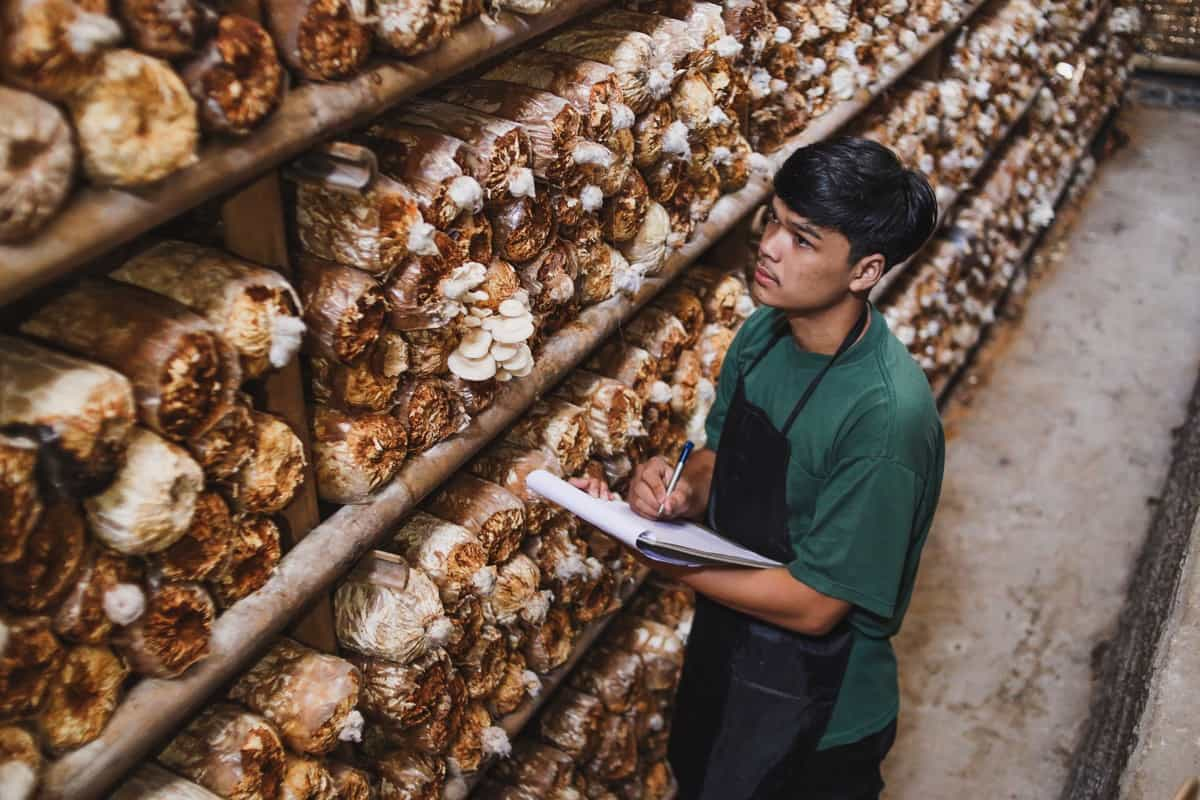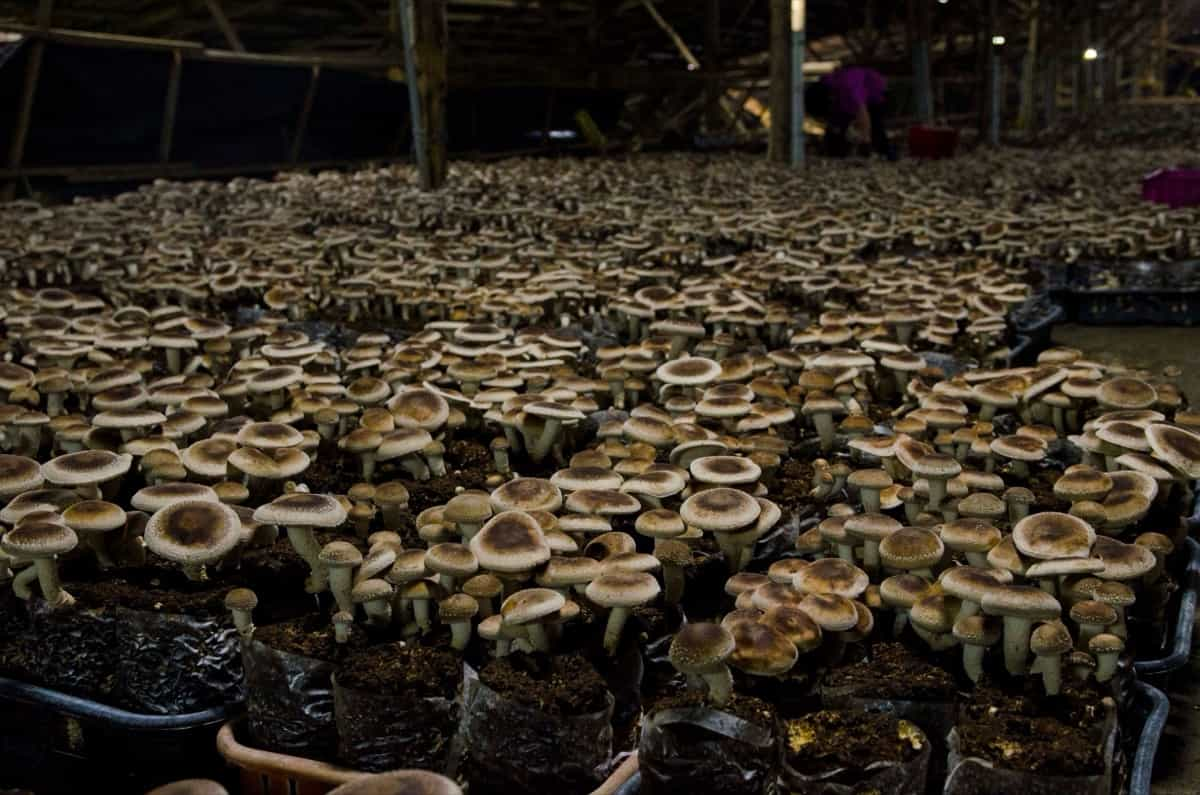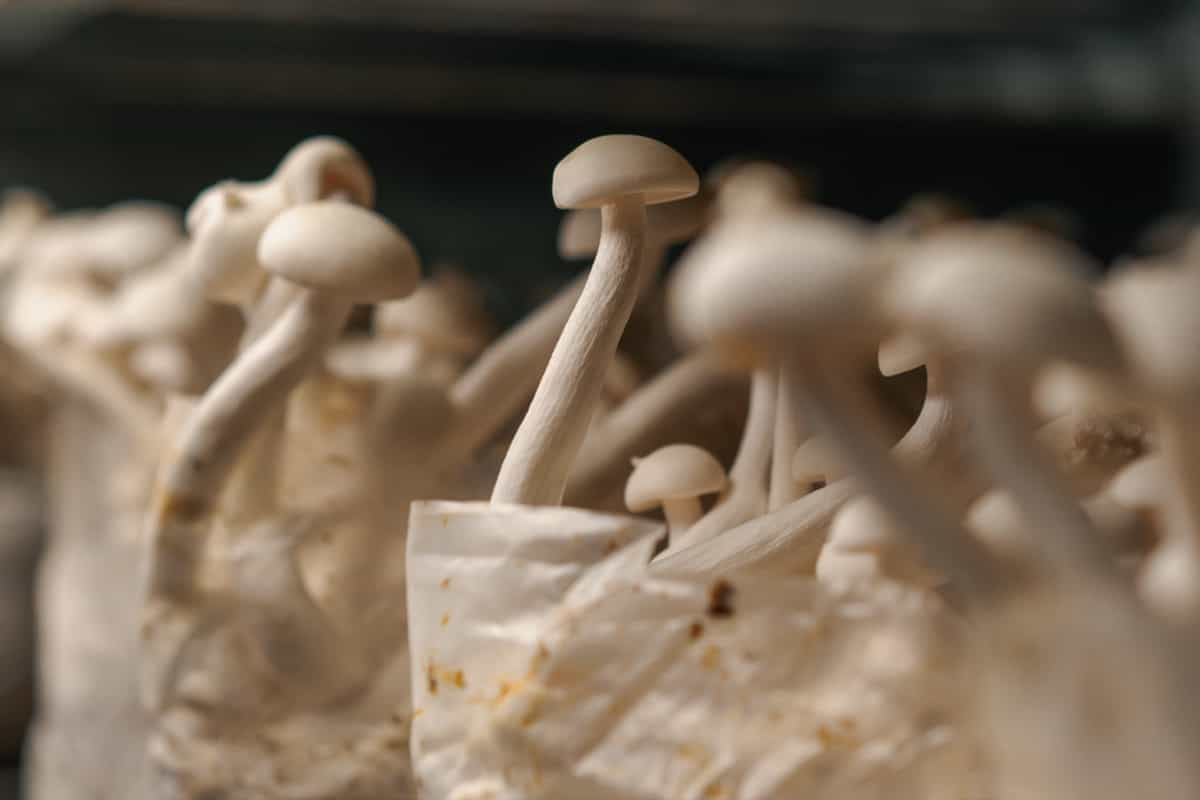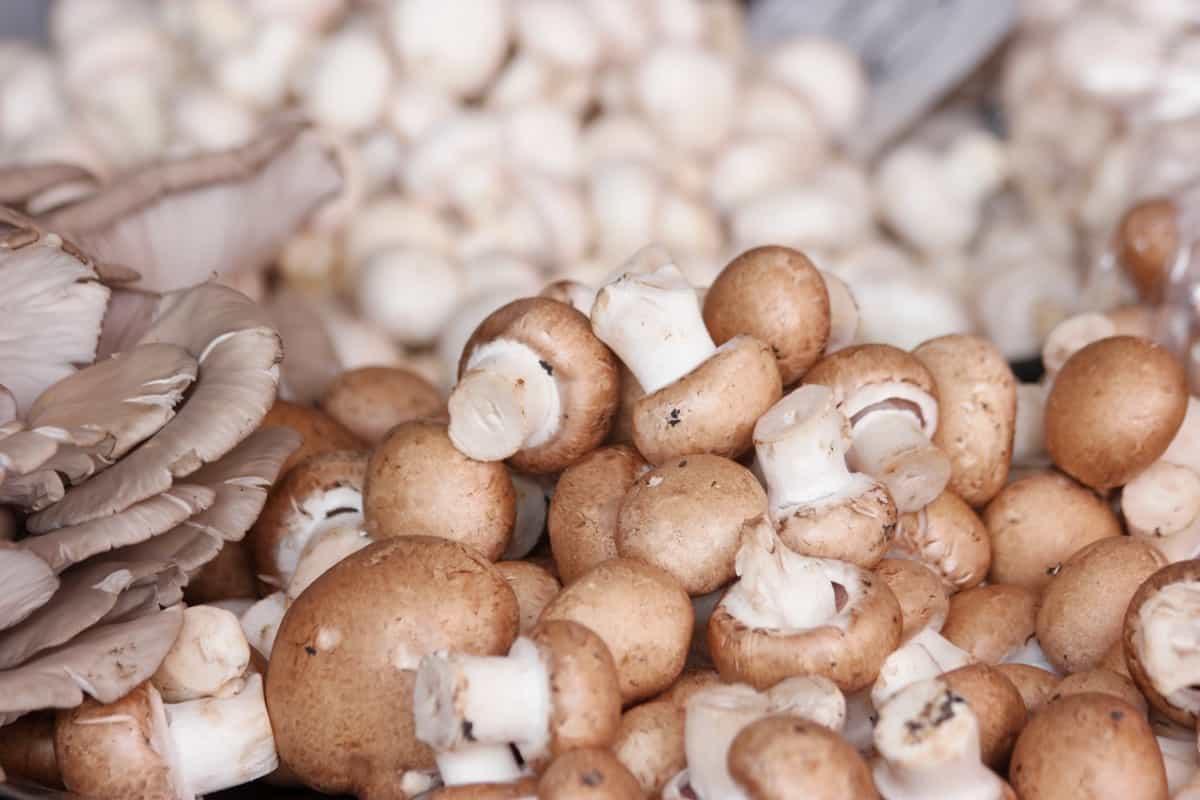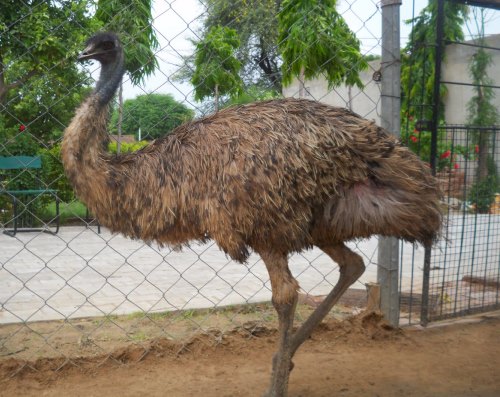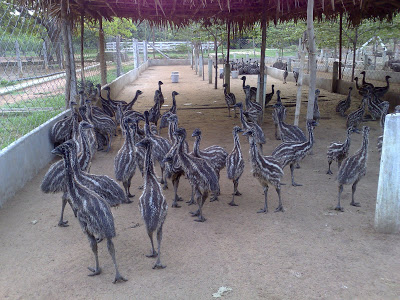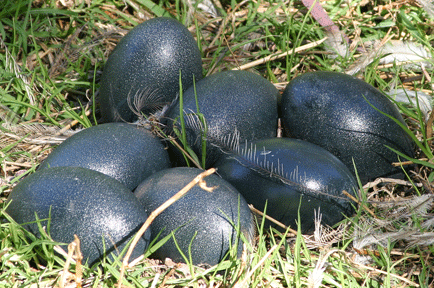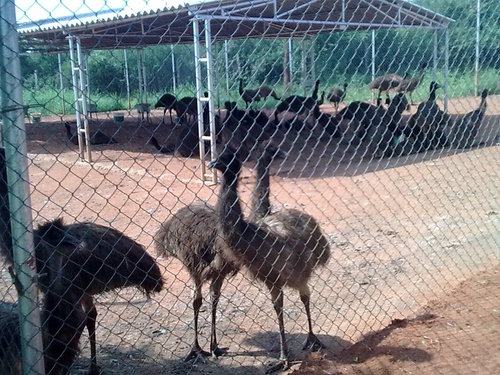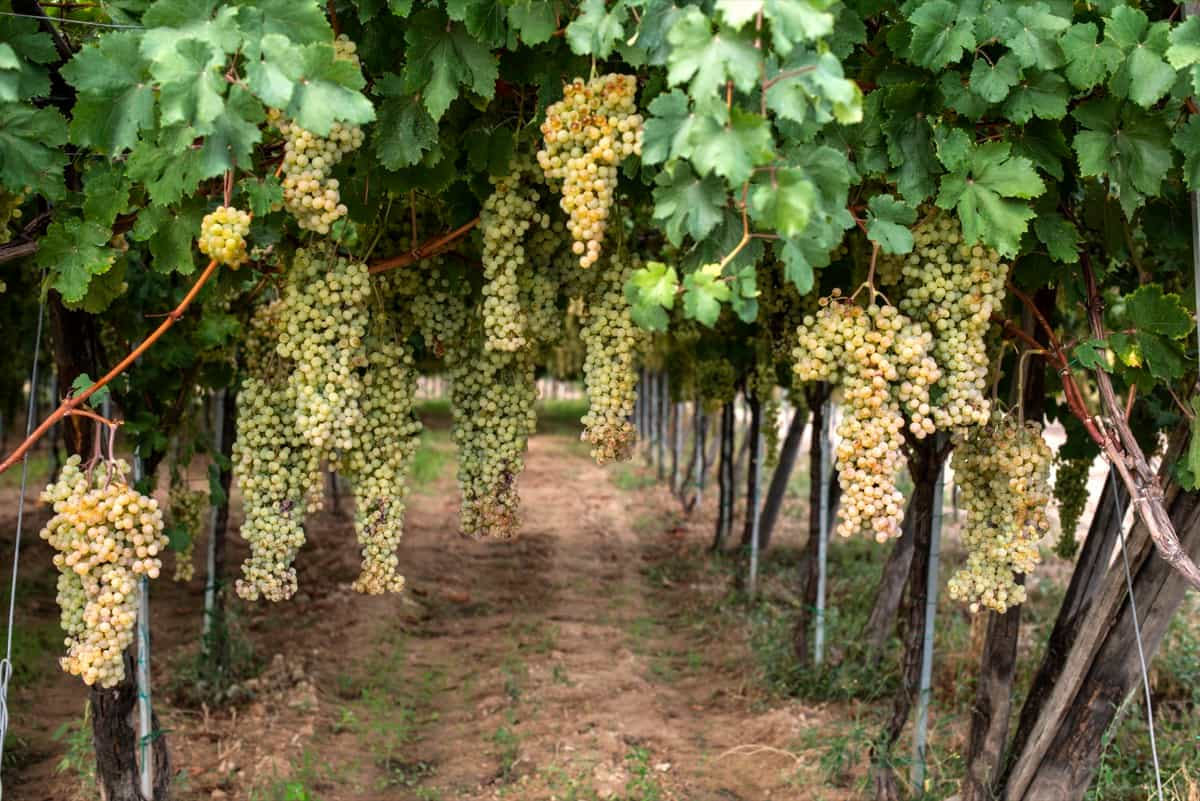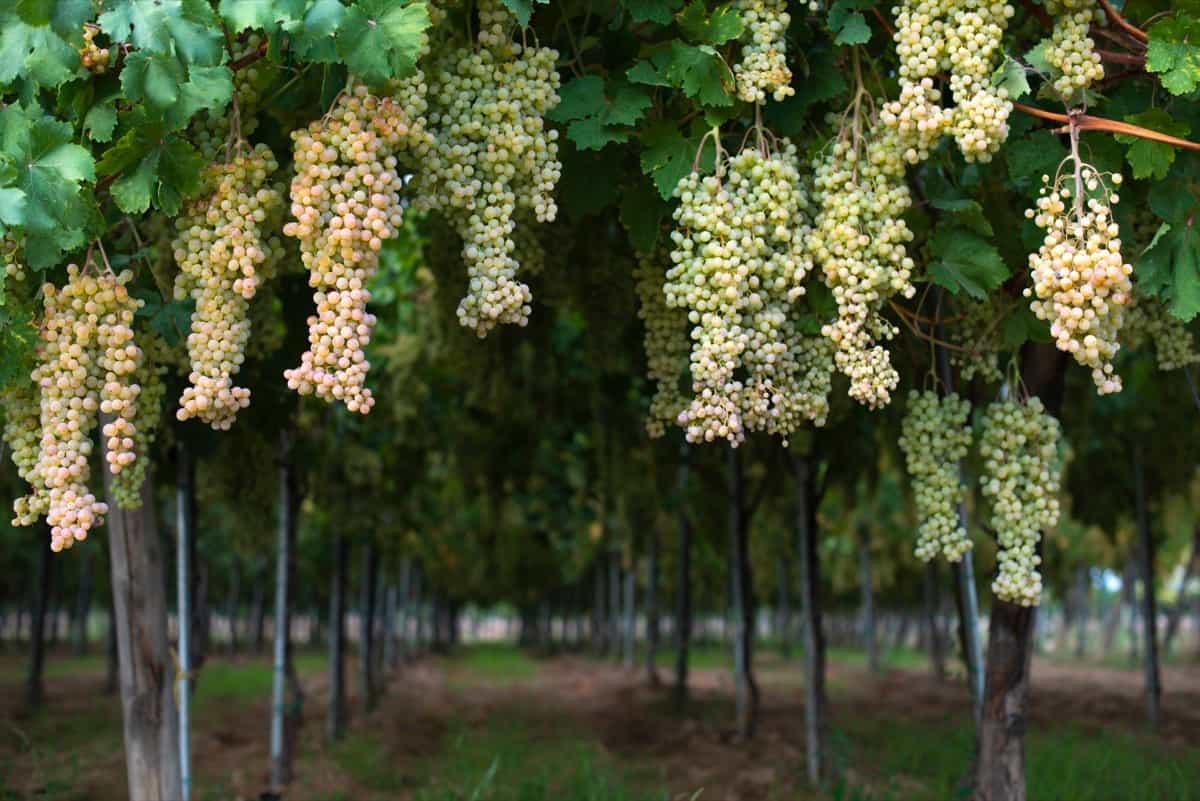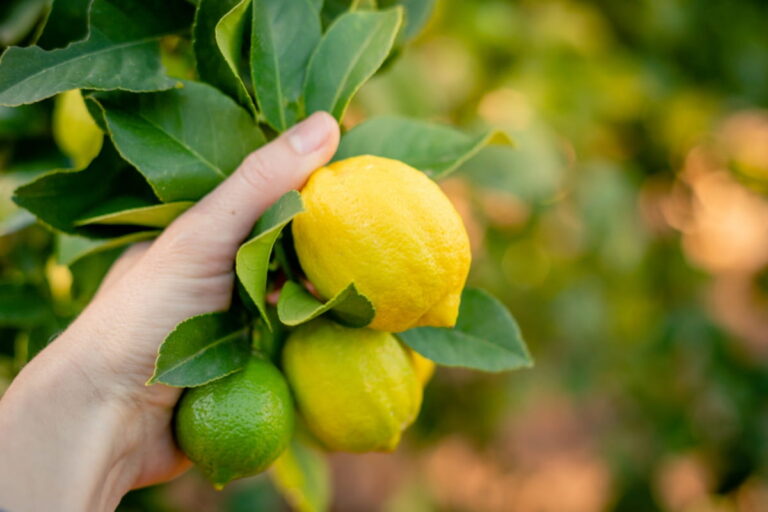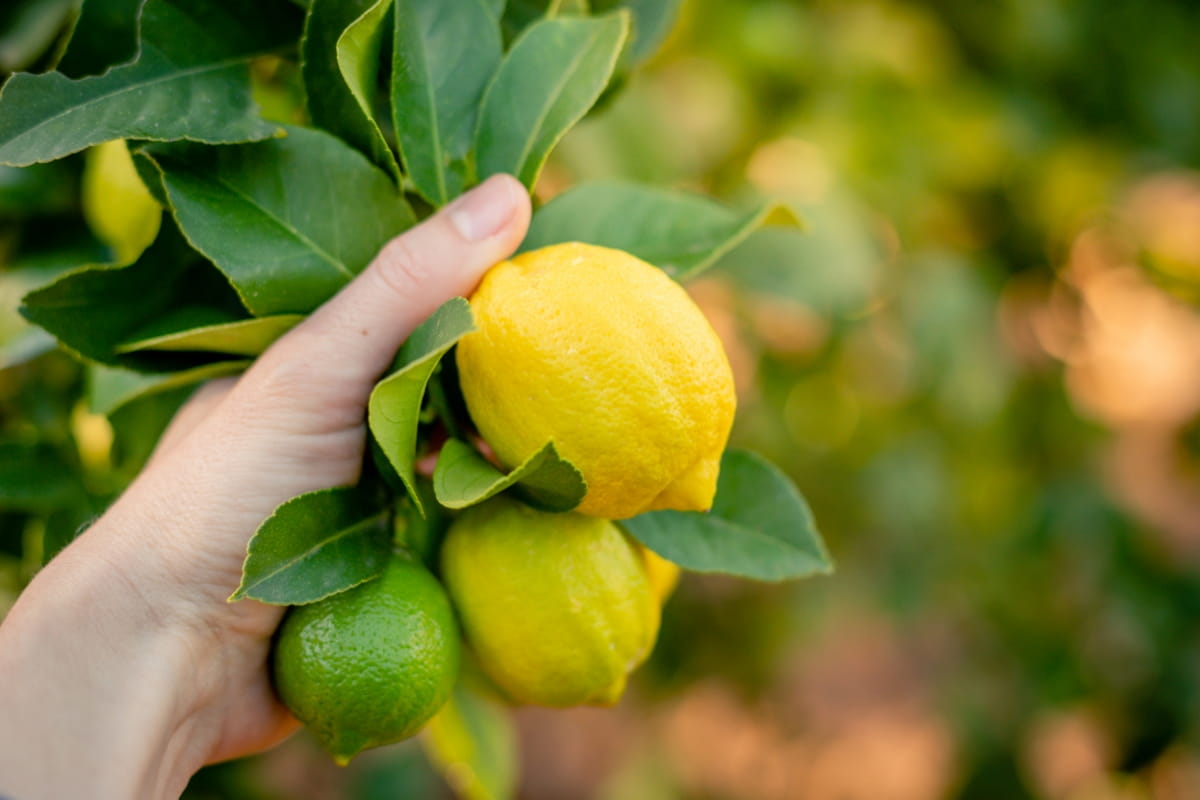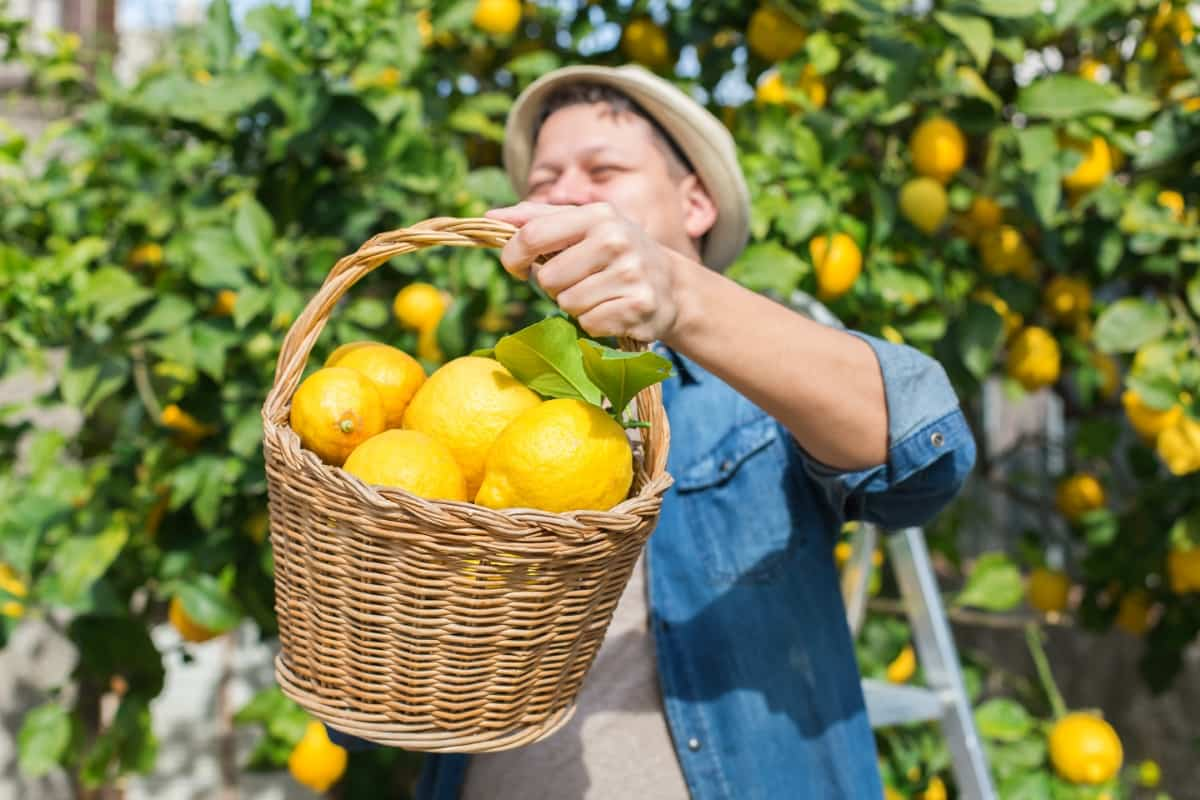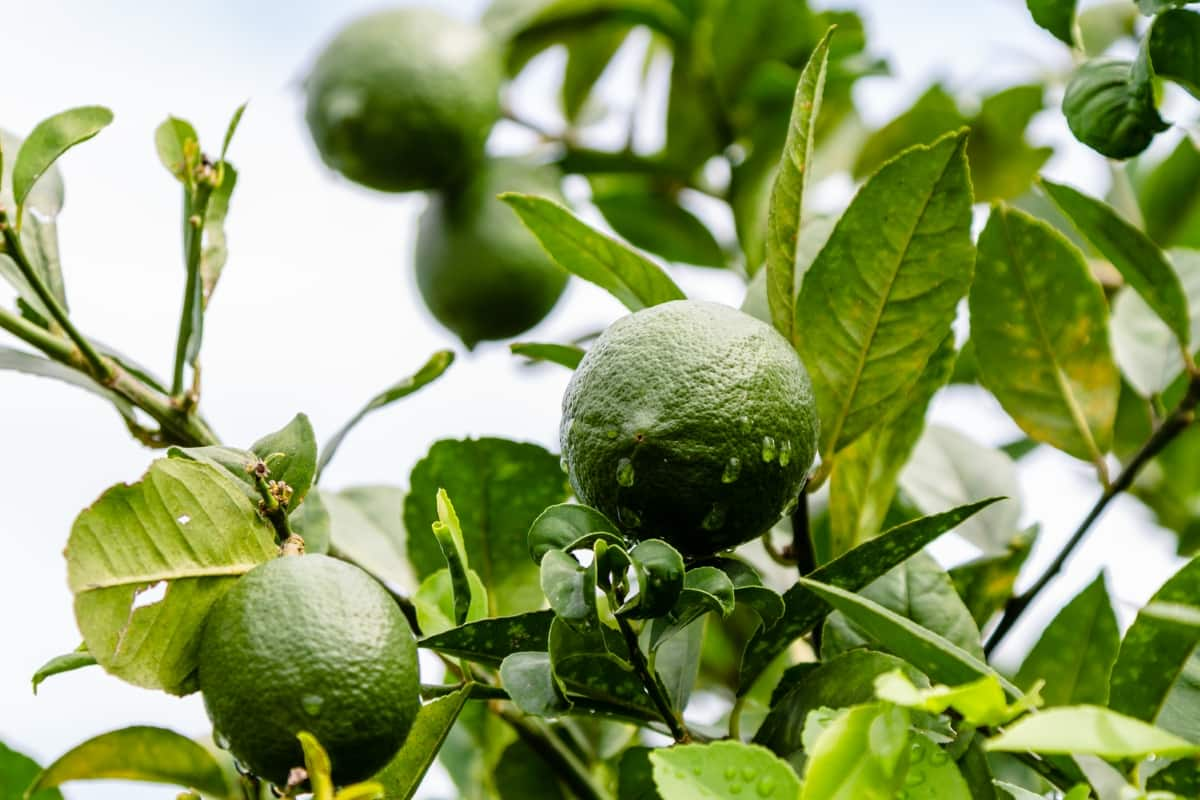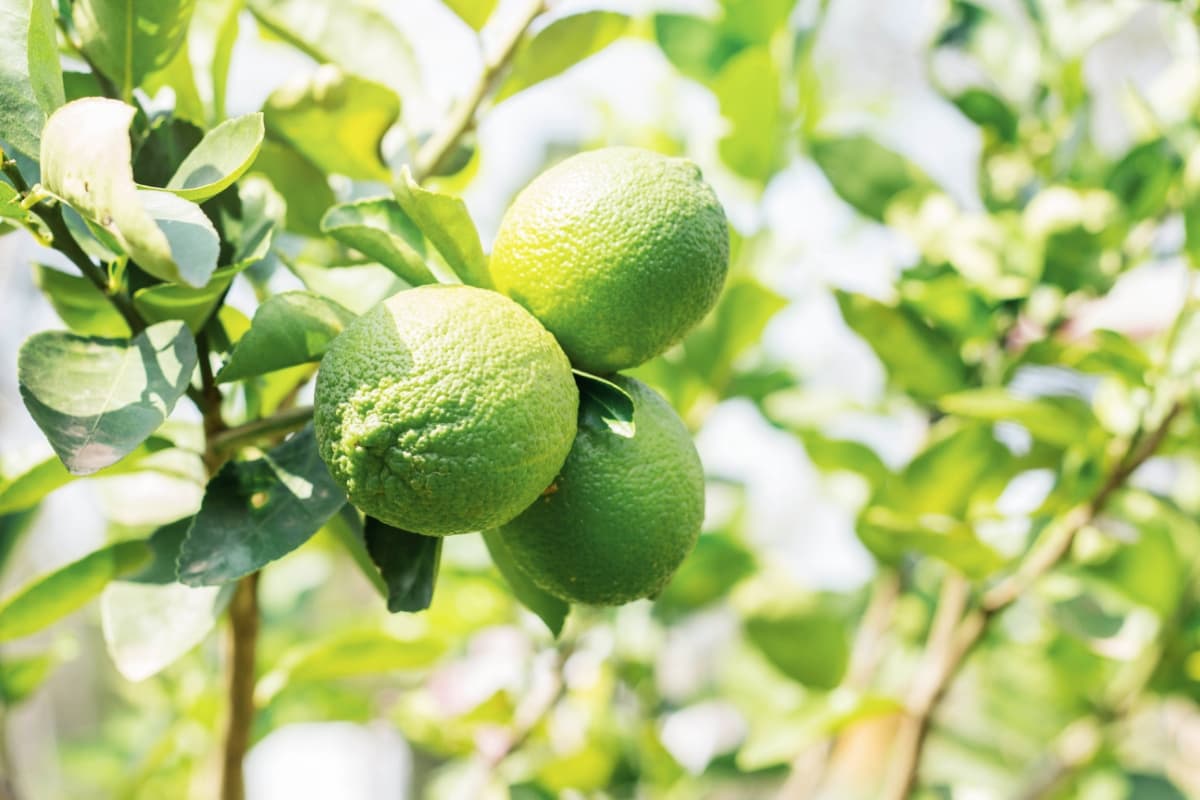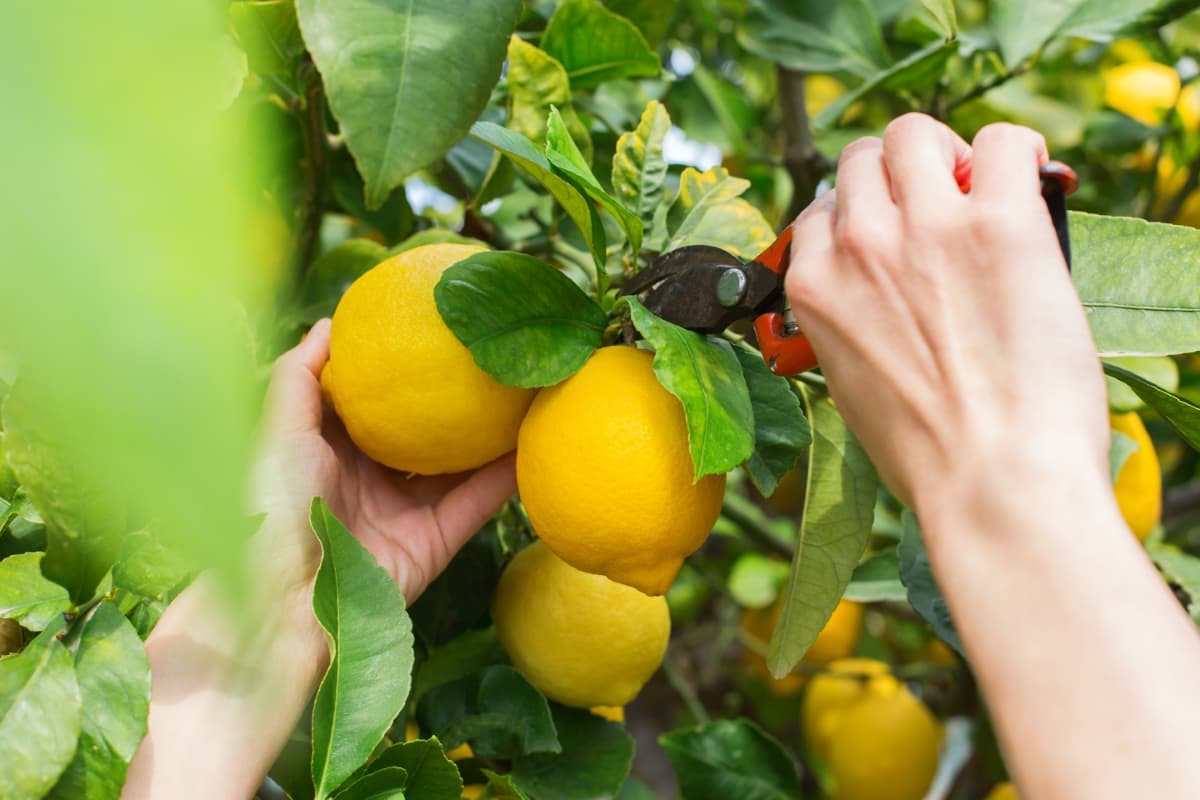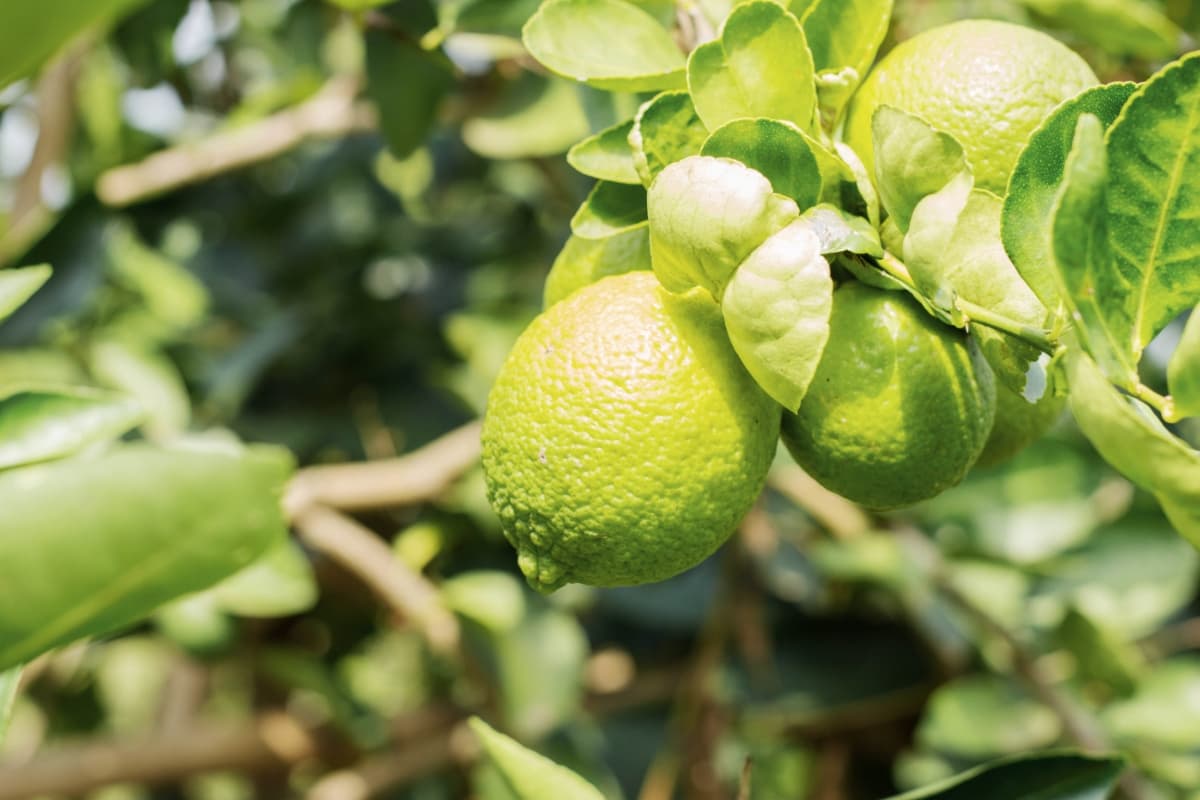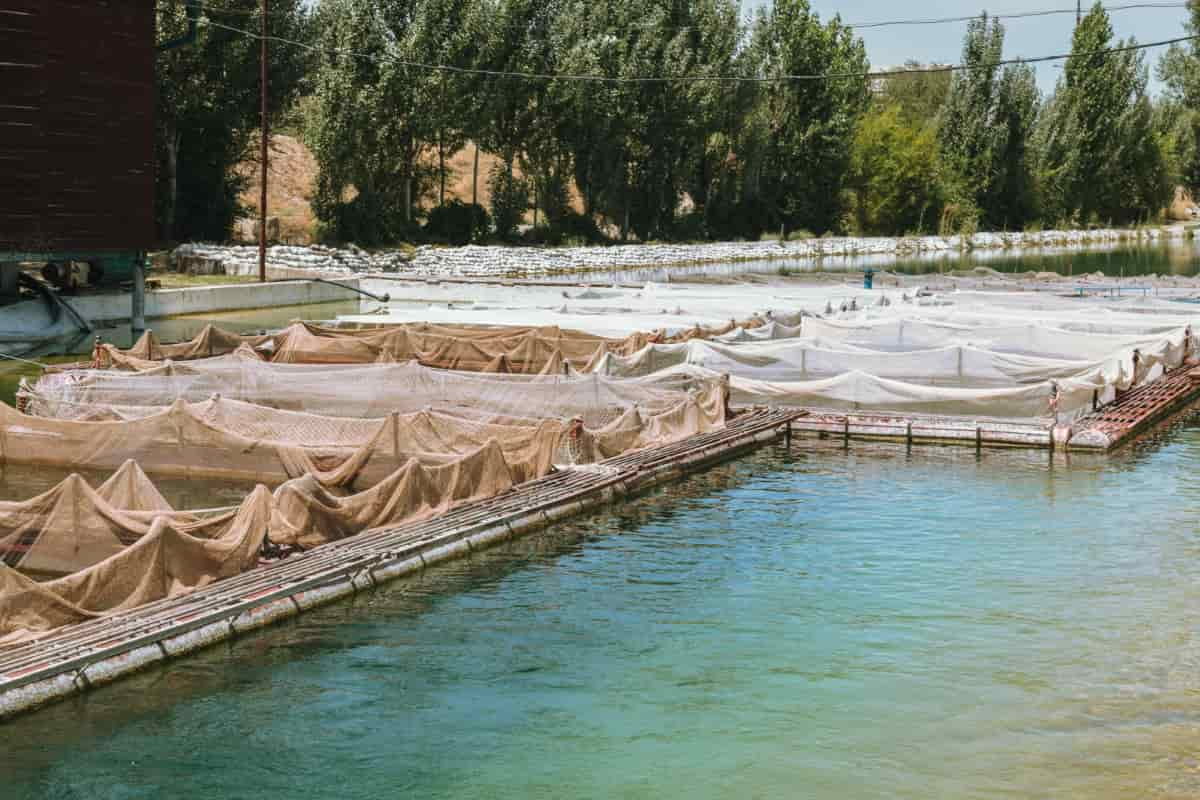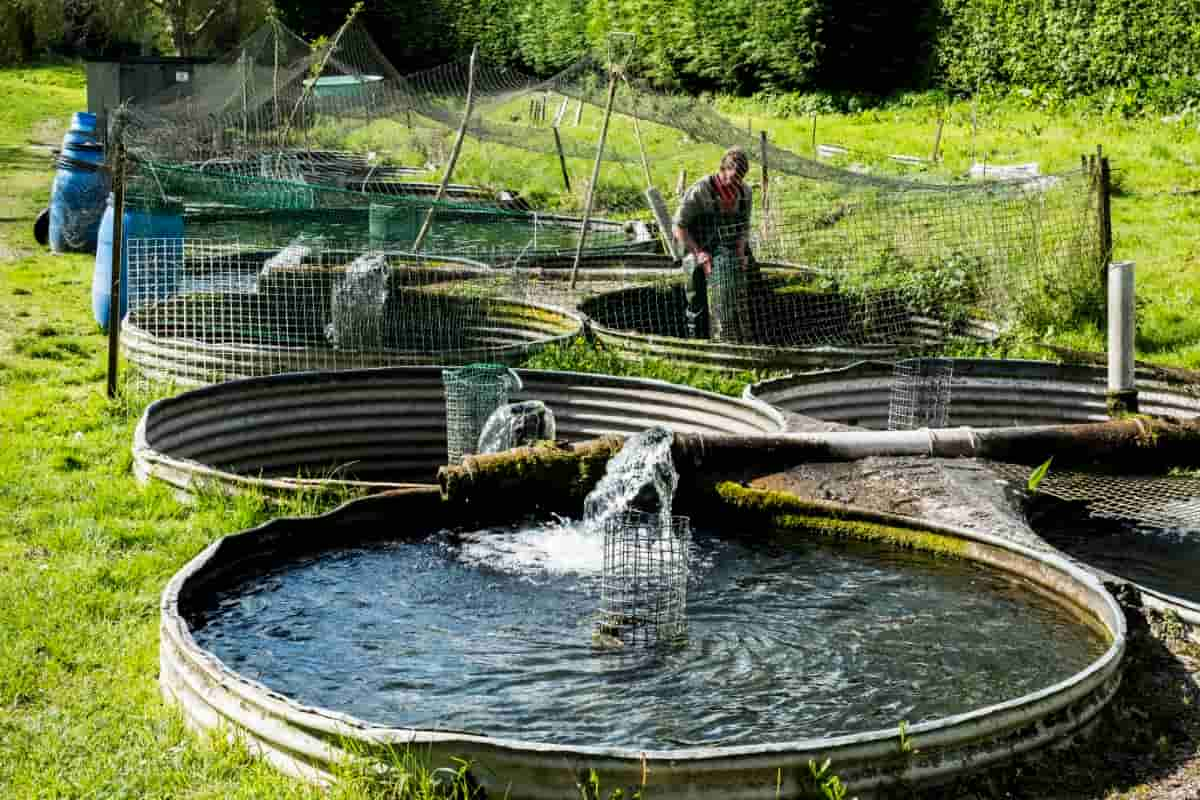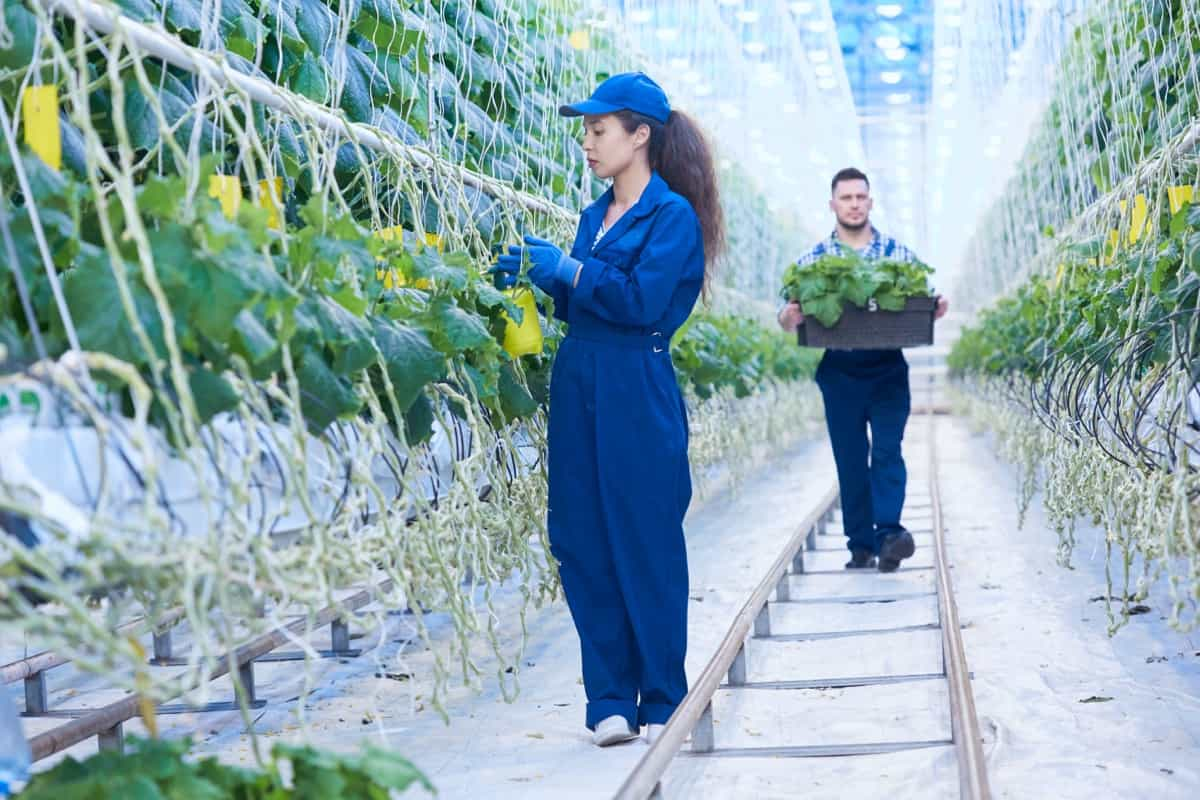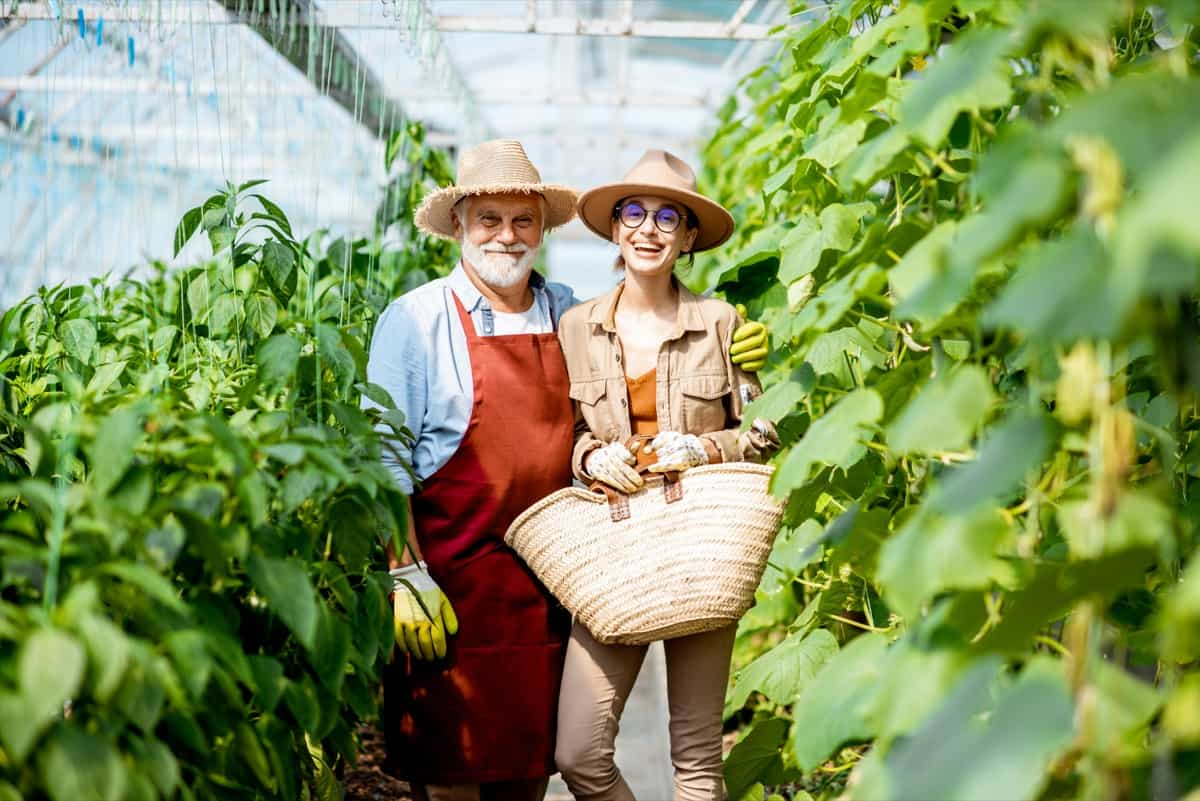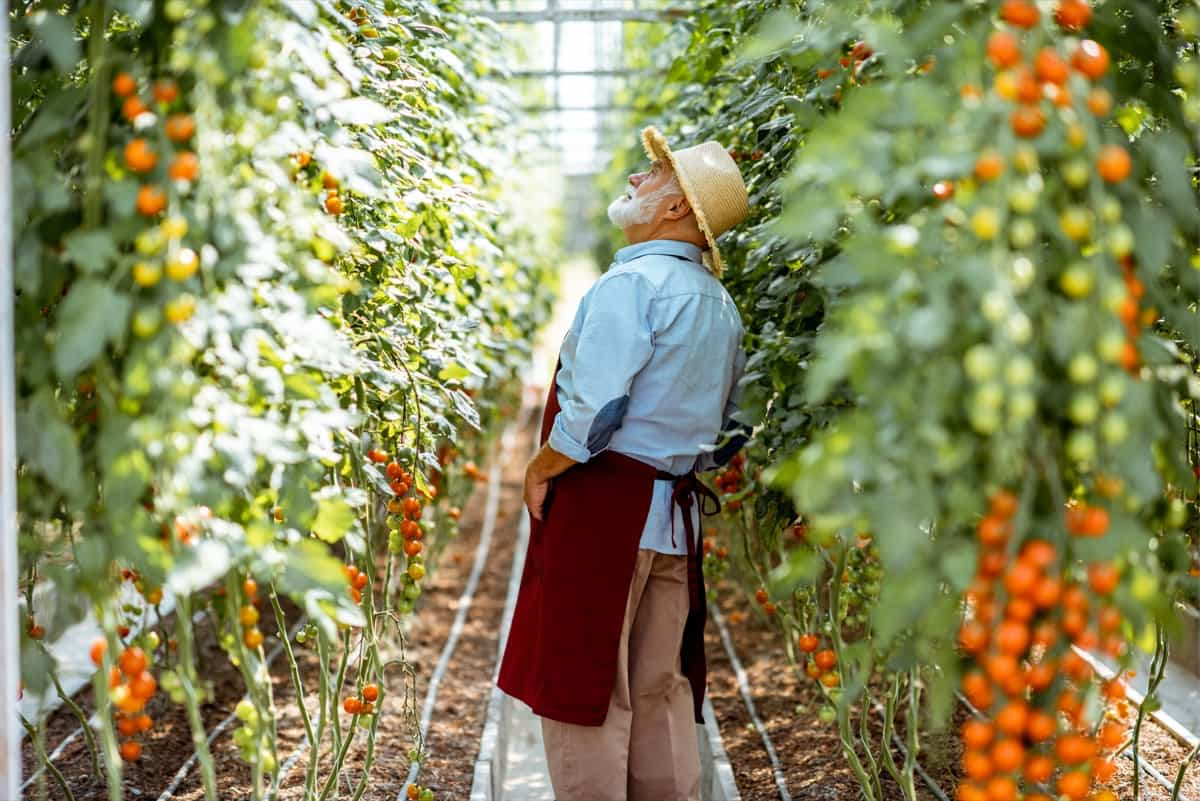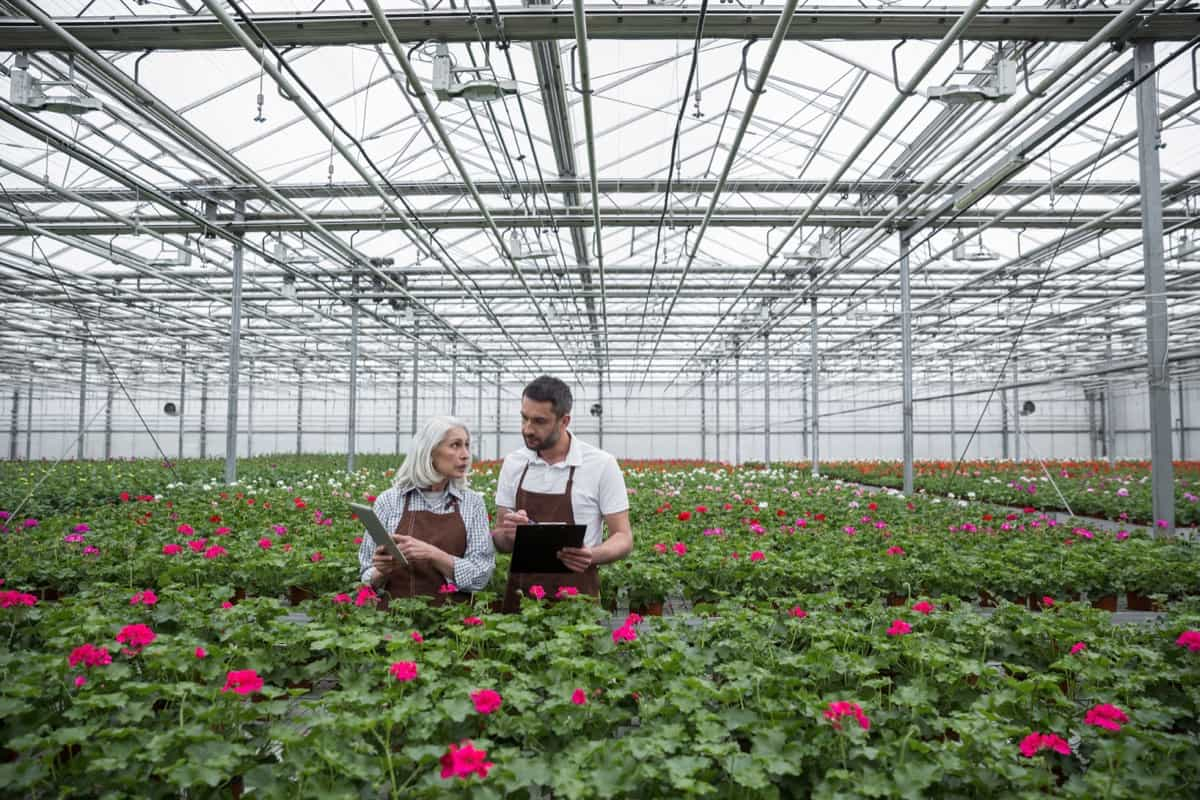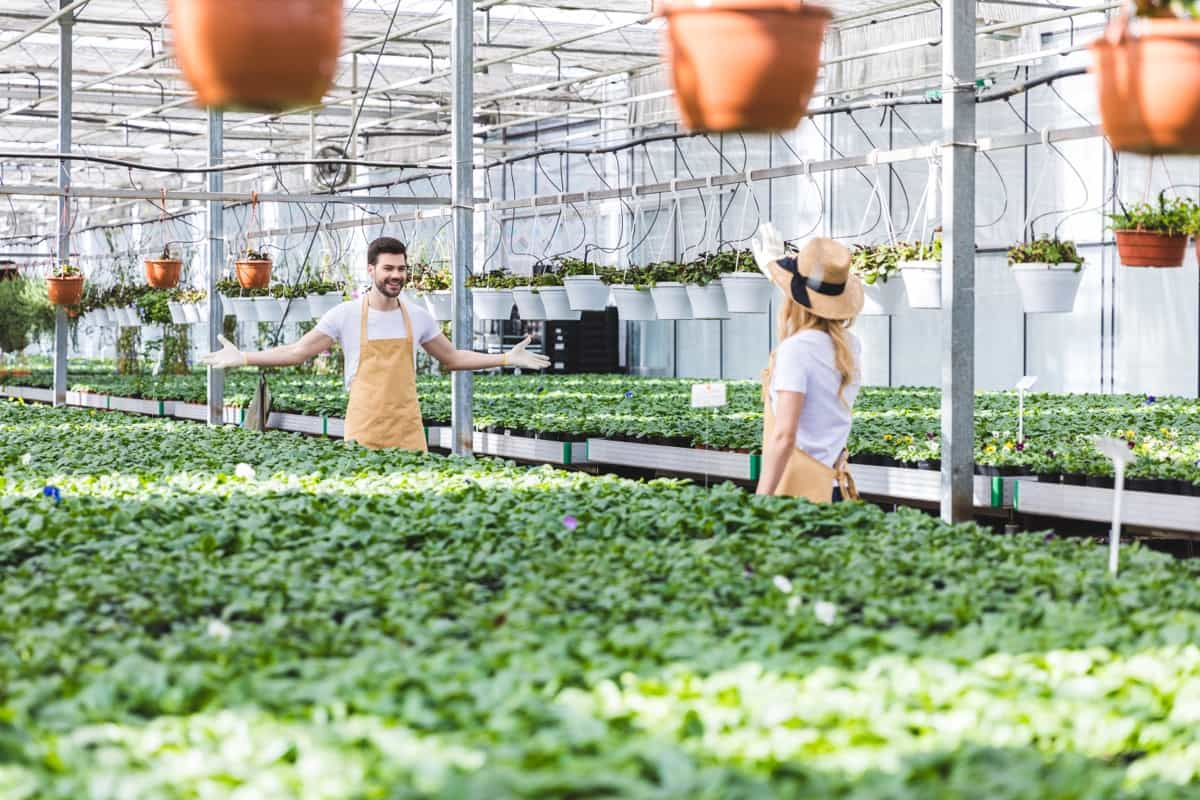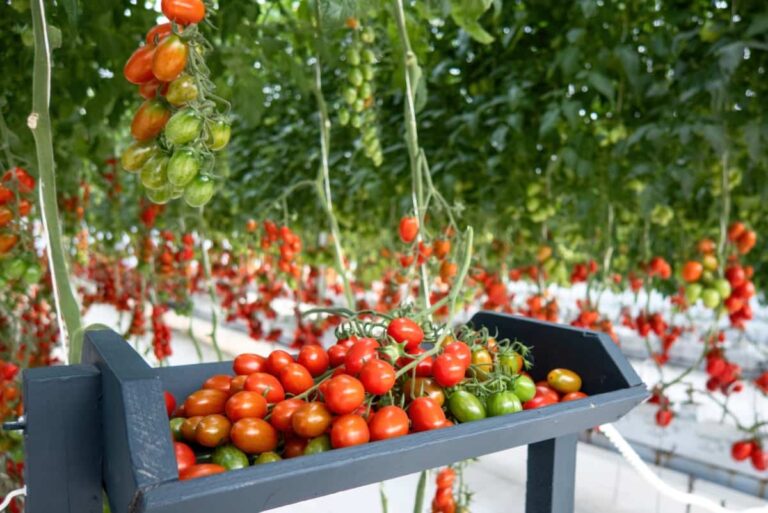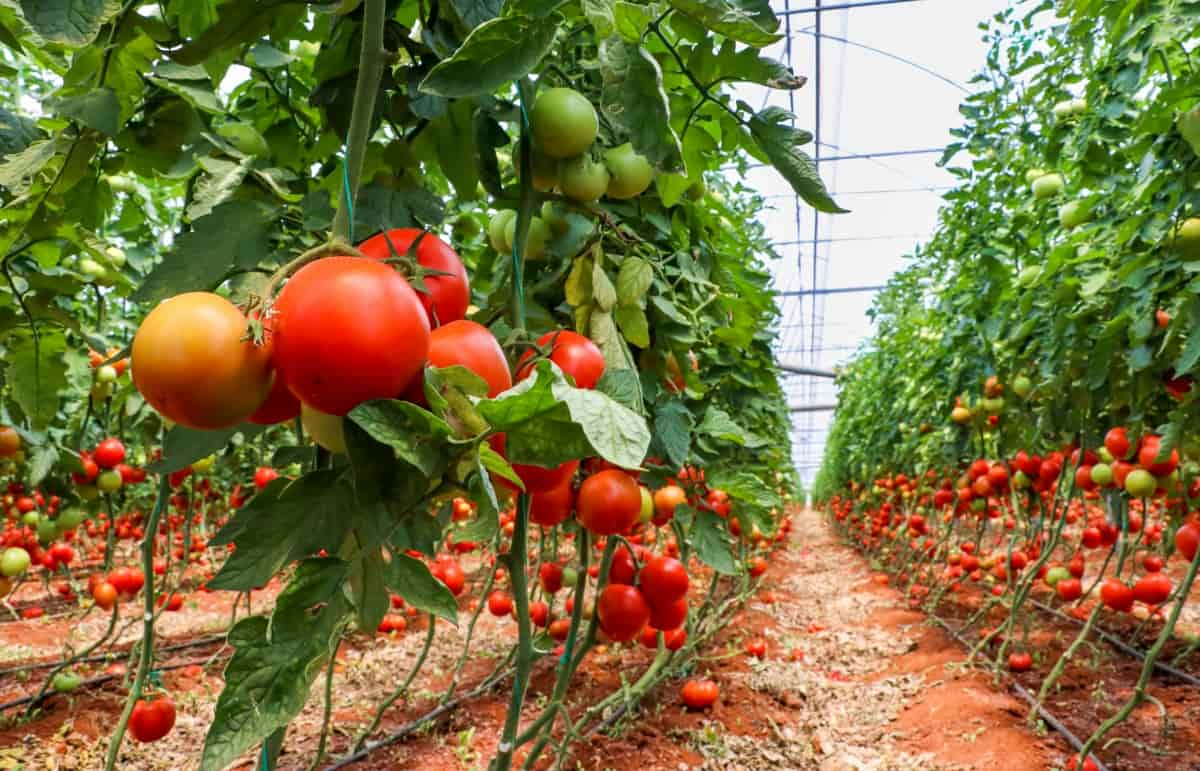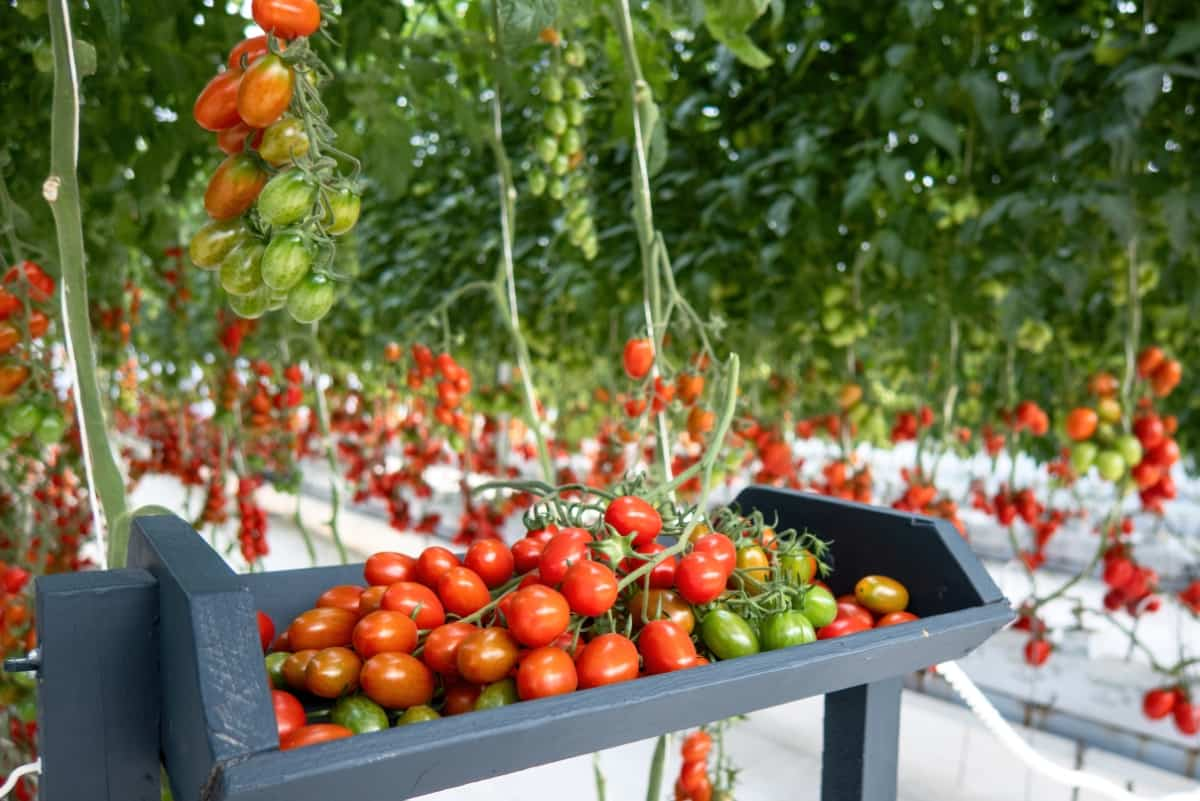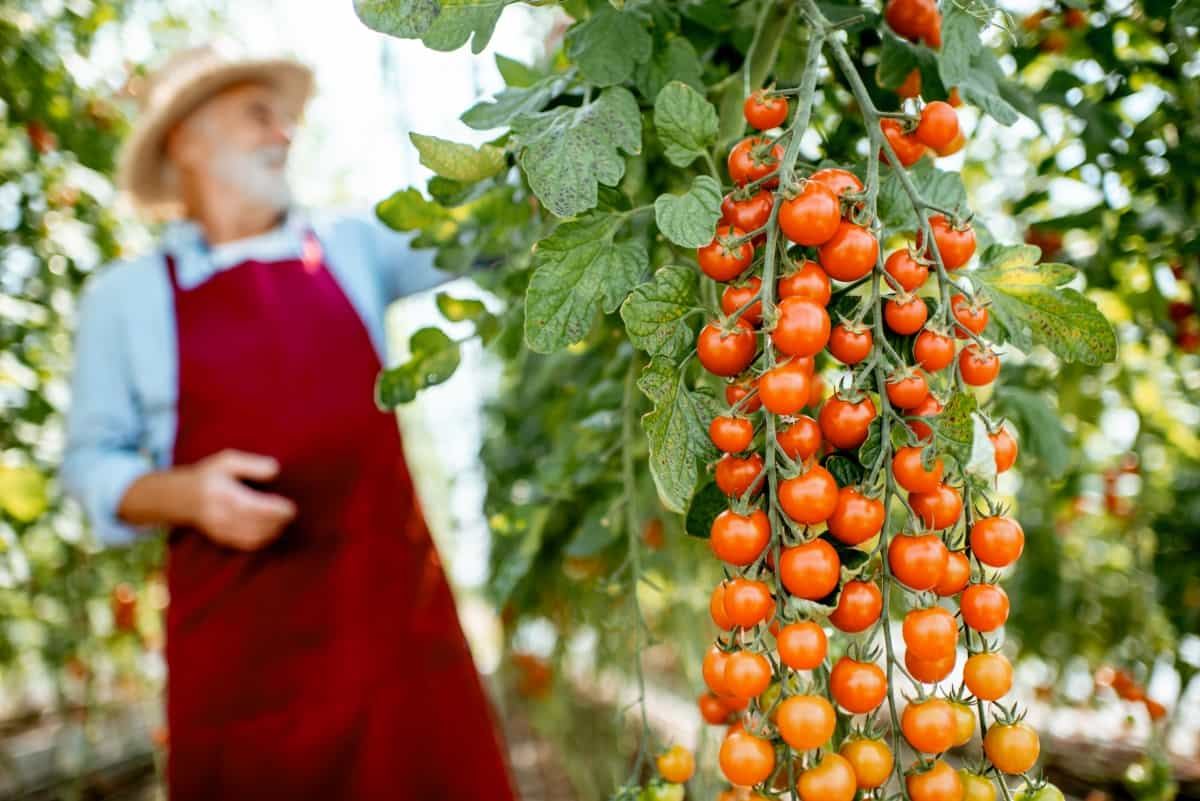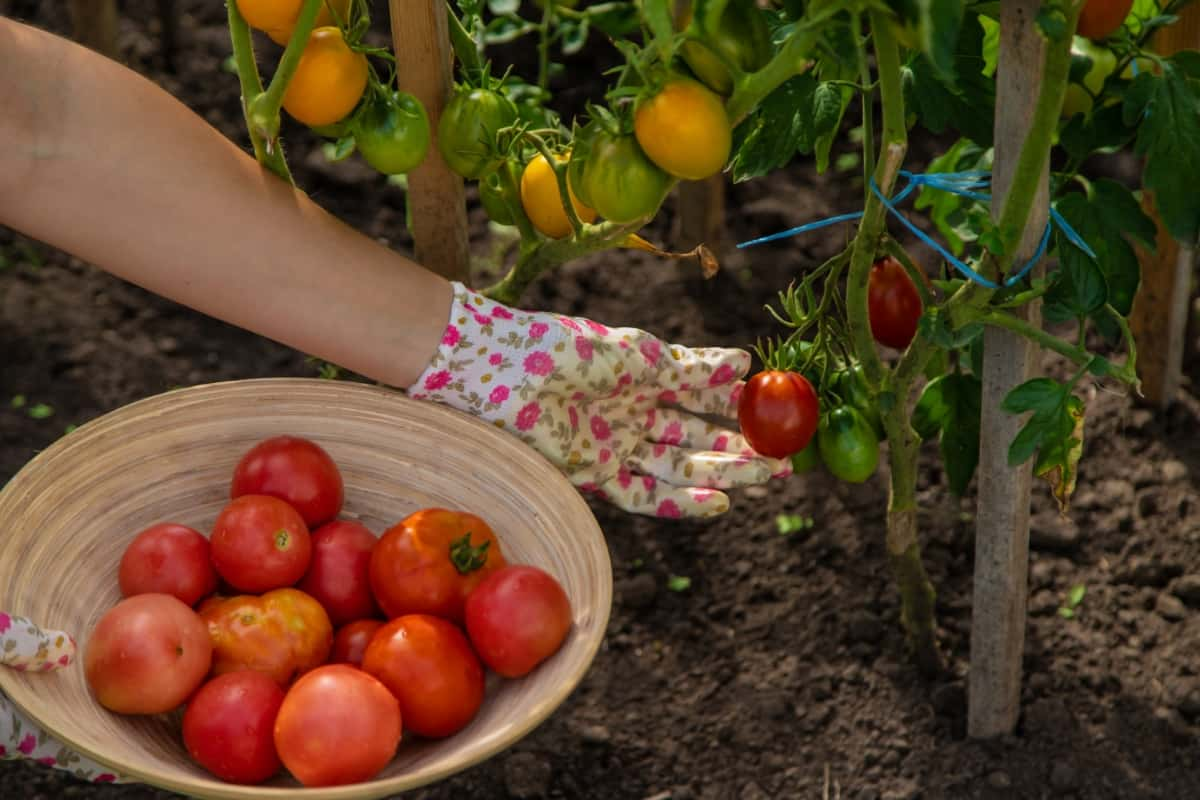Bananas are scientifically known as Musa spp., belonging to the fascinating family Musaceae. Banana farming starts with selecting the right variety based on market demand and climatic conditions. Once planted, proper care must be given to ensure healthy growth and high yields. Cultivating Bananas ensures food security and promotes sustainable farming practices.
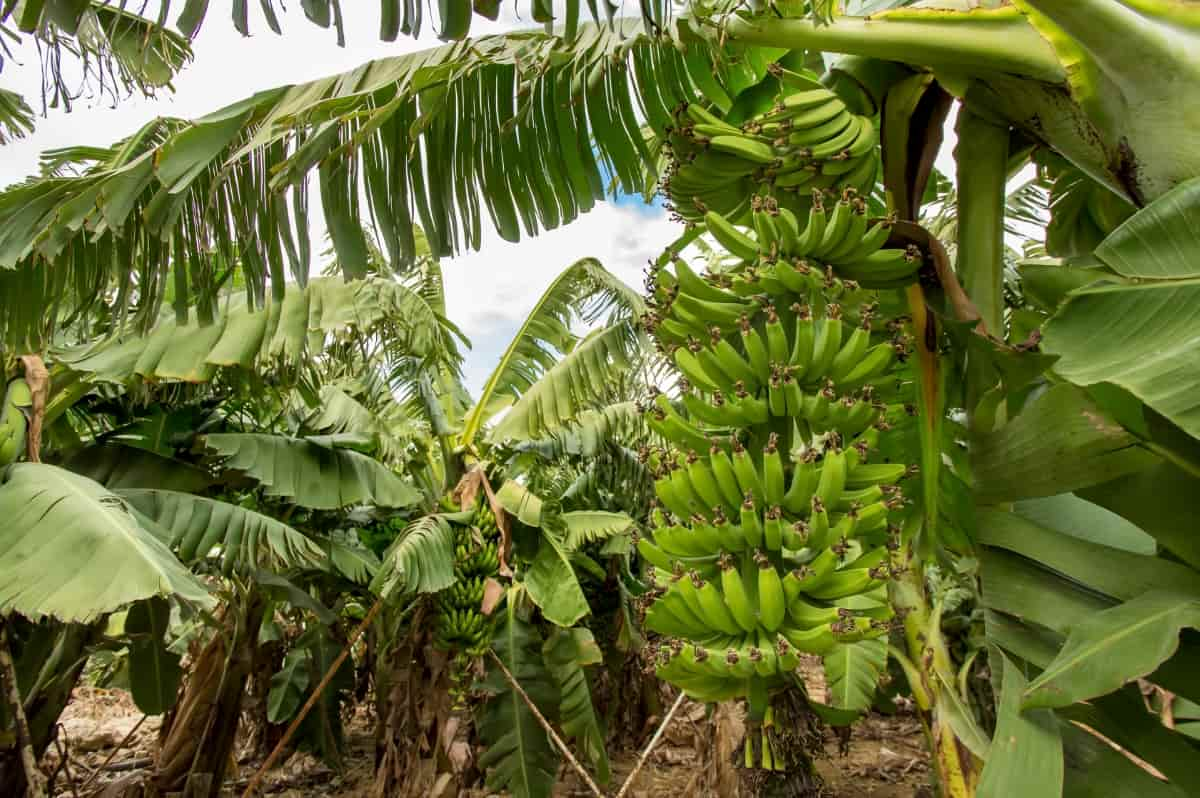
Types of Bananas
When it comes to Banana farming, there is a wide variety of Banana types to choose from. Some popular varieties include the Cavendish Banana, known for its sweet flavor in cooking. Pisang Raja Bananas are favored for their unique taste and aromatic qualities. Red Bananas are visually striking with their reddish-purple skin and have a sweeter taste compared to traditional yellow Bananas. Apple Bananas are small in size but pack a big punch when it comes to sweetness, often likened to apples.
The Abyssinian Banana is native to East Africa and boasts a tangy flavor profile that sets it apart from other varieties. Lady Finger Banana, slender in shape and delicate in taste, is perfect for snacking or adding to desserts. Blue Java Banana has a unique blue hue when unripe and offers a creamy texture similar to ice cream once ripe. Plantains are starchy Bananas commonly used in cooking due to their firm texture even when fully ripe. Burro Banana features lemony undertones that add brightness to dishes where it’s used as an ingredient.
Climate and Soil Requirements
Bananas thrive in tropical climates with temperatures between 20-30°C. They require plenty of sunlight and high humidity levels to grow well. The ideal soil for Bananas is well-draining, loamy soil rich in organic matter. Bananas are sensitive to waterlogging, so ensuring good drainage is essential. The pH level of the soil should be around 6-7 for optimal growth. Bananas need consistent moisture throughout the year but can tolerate short dry periods. A yearly rainfall of 1500-2500mm is considered suitable for Banana cultivation.
Site Selection and Preparation
Selecting the right site for your Banana farm is crucial for a successful harvest. Ensure the land has good drainage to prevent waterlogging and root rot. Bananas thrive in tropical climates, so select a location with sunlight and protection from strong winds that can damage the plants. Conduct soil tests to determine if the soil is rich in organic matter and nutrients.
In case you missed it: Banana Fertilizer Requirements and Recommendations: Schedule and Application Methods
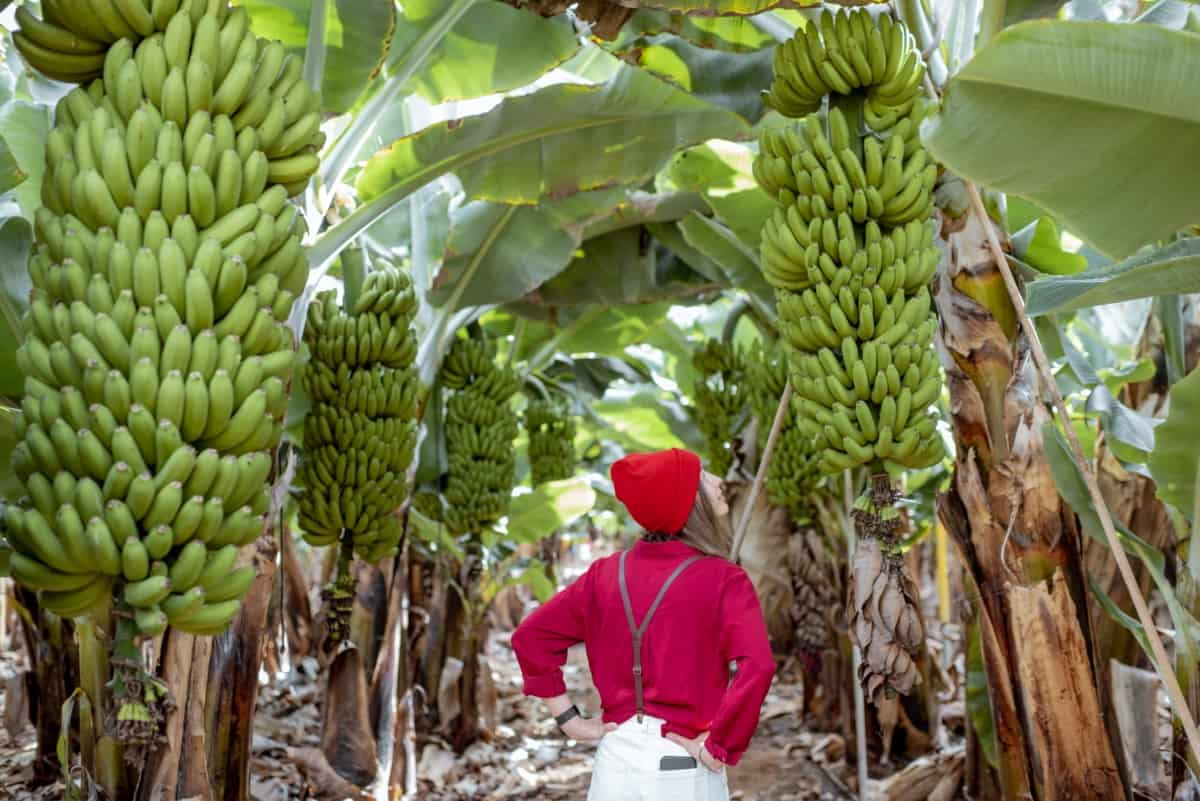
Prepare the site by clearing any debris or weeds that may hinder growth. Dig holes at appropriate distances based on the variety of Bananas you plan to cultivate. Consider planting windbreaks or barriers to shield your Banana plantation from harsh weather conditions and pests. Adequate spacing between rows allows for proper airflow and maintenance access.
Planting Material and Propagation
The most common method of propagation in Bananas is through suckers or offshoots. Suckers are small shoots that grow at the main plant base and can be carefully separated and replanted to establish new Banana plants. Another method of propagation is through tissue culture, which involves growing Banana plantlets in a controlled environment using tissue samples from healthy mother plants.
This technique helps maintain disease-free planting material and ensures uniform growth. Choosing healthy and disease-free planting material is essential to prevent pests and diseases in your Banana plantation. Before planting, make sure to inspect each sucker or plantlet carefully for any signs of damage or infection. Proper handling and care during the propagation stage will set the foundation for a thriving Banana farm with high-quality fruit production.
Planting Techniques
Planting Bananas starts with choosing healthy suckers or tissue-cultured plants from reputable sources. These planting materials should be disease-free and strong to ensure robust growth. Before planting, prepare the soil by digging holes that are spacious enough to accommodate the Banana plant’s roots. Ensure proper spacing between each plant to allow for adequate sunlight and airflow, promoting optimal growth.
Plant the suckers at a slight angle to prevent water accumulation in the center which can lead to rotting. Cover them with soil and press firmly around the base to provide stability. Water thoroughly after planting to help establish root systems effectively. Bananas thrive in well-draining soils rich in organic matter. Consider adding compost or manure during planting for added nutrients that will support healthy growth throughout the growing season.
Irrigation Management
Bananas thrive in moist soil conditions and require regular watering to ensure fruit production. Adequate irrigation helps prevent stress on the plants, leading to healthier and more robust Banana trees. The frequency and amount of water needed for irrigation depend on various factors, such as climate, soil type, and stage of plant development. Drip irrigation systems or sprinkler systems are commonly used methods to deliver water to Banana plants while efficiently minimizing wastage.
In case you missed it: High-Density Banana Plantation: Spacing, Plants Per Acre, Techniques, and Yield

Monitoring soil moisture levels regularly is essential to avoid under- and overwatering. Overly wet conditions can cause root rot, while insufficient water can stunt growth and reduce yield potential. Proper irrigation cycle scheduling based on weather patterns and plant requirements is key to successful Banana cultivation.
Fertilization and Nutrient Management
Proper fertilization and nutrient management are crucial for healthy plant growth and optimal yield. Bananas require a balanced supply of nutrients to thrive in the soil they are planted in. N, P, and K (Nitrogen, phosphorus, and potassium) are essential elements for Banana plants’ development. Nitrogen aids in leaf growth, phosphorus supports root development, and potassium contributes to overall plant health and fruit production.
Regular soil testing is necessary to determine your Banana plantation’s specific nutrient requirements. Then, you can adjust the fertilization schedule accordingly to ensure that the plants receive adequate nourishment throughout their growth stages. Organic fertilizers can improve soil fertility naturally without harmful chemical additives, which benefits the environment and enhances the quality of Bananas produced.
Pest and Disease Control
Various pests and diseases can affect Banana plants, leading to reduced yield and quality. Common pests in Banana farming include aphids, thrips, weevils, nematodes, and mites. These pests can damage the Banana plant by feeding on its tissues or transmitting diseases. Integrated pest management strategies are recommended to effectively control pests in Bananas.
These include using biological controls like beneficial insects, cultural practices, and organic pesticides when necessary. Diseases like Panama disease and black Sigatoka can also pose significant threats to Banana crops. Regular monitoring and timely interventions are essential to prevent the spread of these diseases.
Weed Management
Weed management is crucial to successful Banana farming. Weeds compete with Banana plants for nutrients, water, and sunlight, affecting their growth and productivity. Implement cultural practices like mulching and intercropping to suppress weed growth and effectively manage weeds in your Banana farm.
In case you missed it: Nendran Banana Production in India: Cultivation Practices and Farming Management
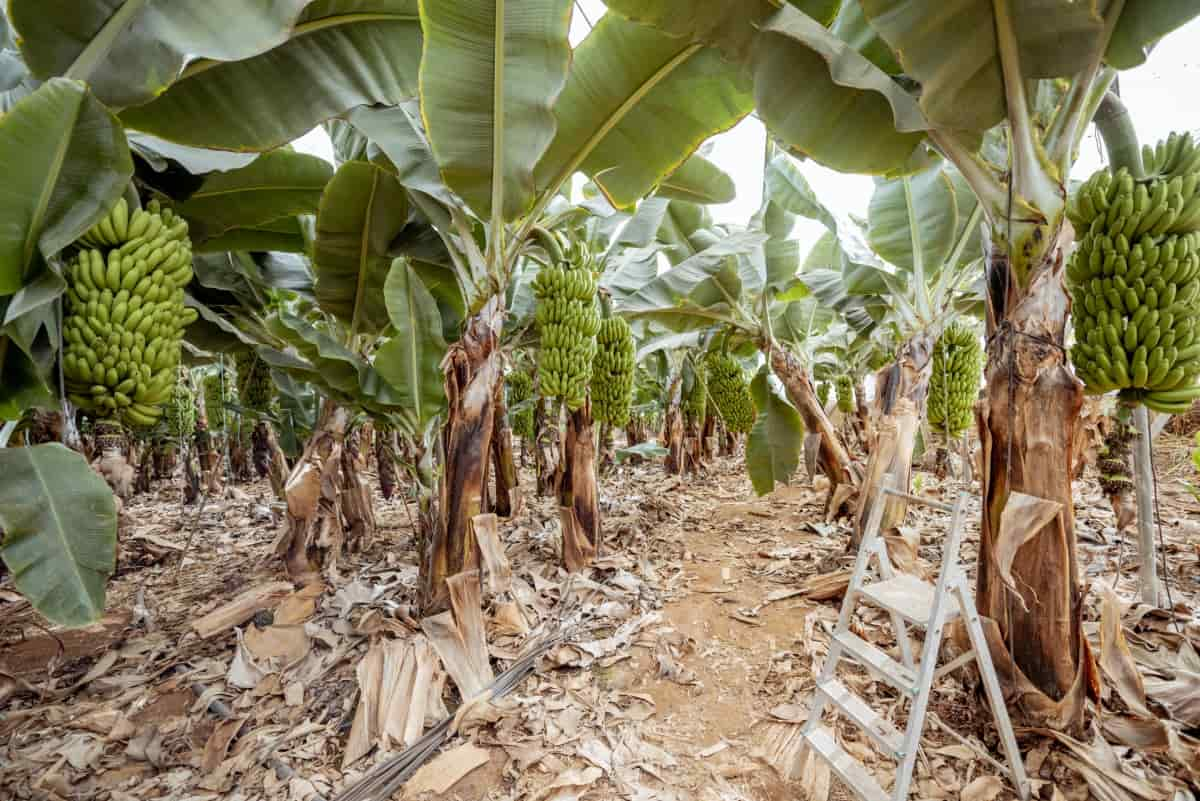
Using organic mulches such as dried leaves or straw can help smother weeds while also improving soil health. Intercropping with cover crops like legumes not only helps control weeds but also adds nitrogen to the soil. Avoid using synthetic herbicides near Banana plants, as they can harm both the Bananas and the environment. Instead, opt for natural weed control methods to maintain a healthy growing environment for your Bananas.
Pruning and Crop Management
Pruning and crop management are crucial aspects of Banana farming to ensure optimal growth and yield. Regular pruning helps remove old leaves, promote air circulation, and prevent the spread of diseases. It also allows sunlight to reach all parts of the plant for photosynthesis. When it comes to crop management, monitoring the overall health of the Banana plants is essential. This includes checking for any signs of nutrient deficiencies, pests, or diseases.
Proper fertilization according to soil requirements plays a key role in maintaining healthy plants. Bananas require adequate water supply during their growth stages. Effective irrigation should be done to prevent waterlogging, which can lead to root rot. Mulching around the Banana plants can help retain soil moisture.
Harvesting at the right time is also part of crop management. Bananas should be harvested when they are mature but still green before they ripen on the plant. Post-harvest handling is important, too, ensuring proper storage conditions to maintain their freshness until they reach consumers’ hands.
Harvesting and Post-Harvest Handling
Once your Bananas are fully mature and ready for harvesting, they must be handled with care to ensure maximum quality and shelf life. Harvesting should be done when the fruit has reached its optimal size, color, and taste. It’s crucial to cut the entire bunch from the plant using a sharp knife. During post-harvest handling, it’s important to avoid damaging the Bananas, as this can lead to premature ripening and spoilage. The harvested bunches should be carefully transported to avoid bruising or crushing the fruit.
Proper storage facilities with controlled temperature and humidity levels are crucial for preserving the Banana quality after harvest. Sorting and grading are also key steps in post-harvest handling. Before packing for distribution, Bananas should be sorted based on size, shape, color, and ripeness. Fruit packaging materials must be sturdy enough to protect the fruit during transportation while allowing proper ventilation.
Expected Banana Yield
The yield of Bananas can vary depending on various factors such as the variety grown, climate conditions, soil fertility, and management practices employed. On average, a well-maintained Banana plantation can produce around 30-40 tons of fruit per hectare annually. However, this number can fluctuate based on how effectively the farmer implements proper irrigation, fertilization, pest control measures, and crop management techniques.
In case you missed it: Yelakki Banana Farming in India: Production and Cultivation Management Practices
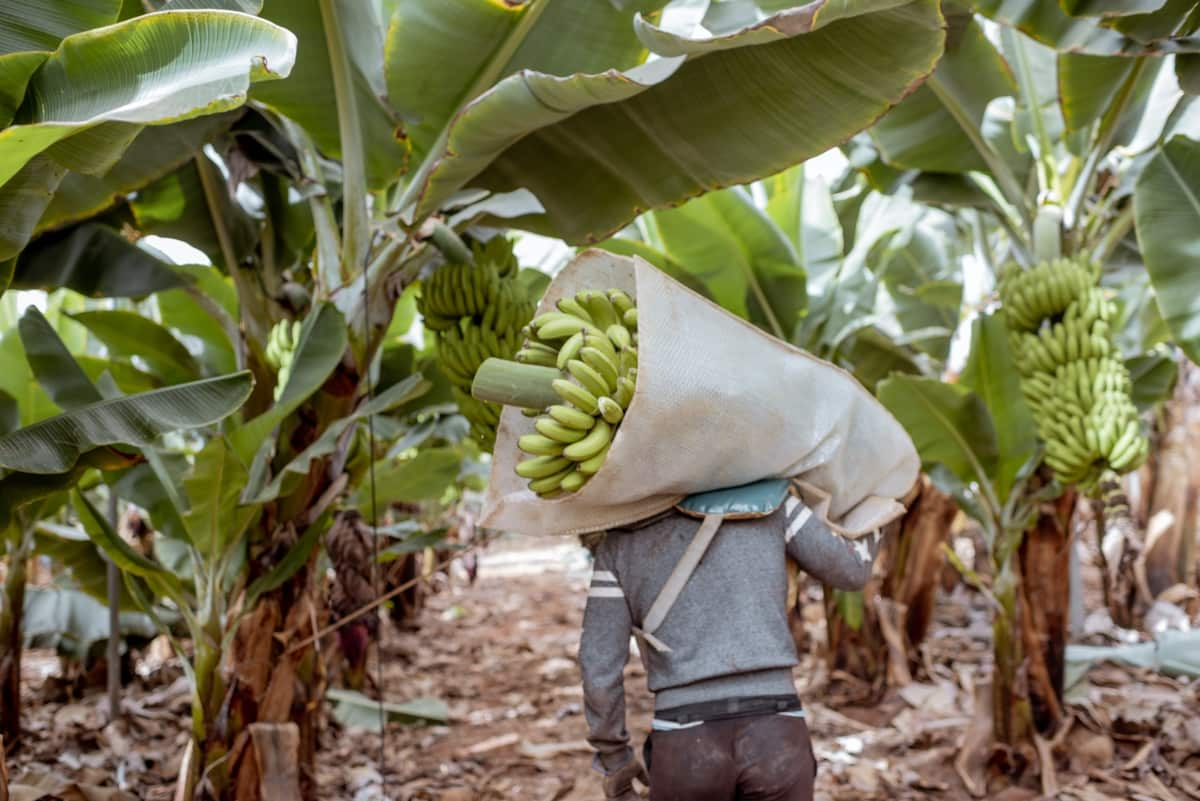
Factors like choosing high-yielding Banana varieties and adopting sustainable agricultural practices can significantly impact the final yield. Additionally, timely harvesting and post-harvest handling play a vital role in ensuring maximum productivity from a Banana farm.
Tips to Boost Banana Yield
Firstly, ensure proper irrigation practices. Bananas require consistent moisture levels to thrive, so make sure they are adequately watered throughout their growth stages. Additionally, paying attention to fertilization is crucial. Providing the right nutrients at the right time can significantly boost Banana production. Consider using organic fertilizers for a more sustainable approach.
Pruning is another essential aspect of increasing yield. Regularly removing dead or diseased leaves can improve sunlight penetration and airflow, promoting healthier plant growth. Moreover, implementing pest and disease control measures is vital in safeguarding your crop. Be proactive in addressing any issues promptly to prevent yield losses due to infestations.
Marketing and Economics of Banana Farming
Conducting market research can find the best prices and strategies for selling your Bananas. Building strong relationships with local markets, supermarkets, and wholesalers can ensure a steady income stream for your Banana farm. Establishing direct connections with buyers can potentially increase profits and reduce dependency on middlemen. Diversifying your marketing channels by exploring options such as online sales platforms or farmers’ markets can open up new opportunities for reaching consumers directly.
This flexibility in marketing approaches can help boost sales and create a loyal customer base. Monitoring pricing trends, staying informed about industry news, and adapting to market conditions are essential components of successfully navigating the economic aspects of Banana farming. Being proactive and adaptable in your marketing strategies will position your farm for long-term success in the competitive agricultural marketplace. The market demand for Bananas remains strong globally, presenting promising prospects for those involved in commercial Banana production.
Organic Banana Cultivation
Organic Banana cultivation involves growing Bananas without the use of synthetic pesticides or fertilizers. It focuses on natural methods to maintain soil health and protect the environment. By avoiding harmful chemicals, organic farmers promote biodiversity and produce healthier fruits.
In case you missed it: Robusta Banana Farming in India: Cultivation Practices and Production Management
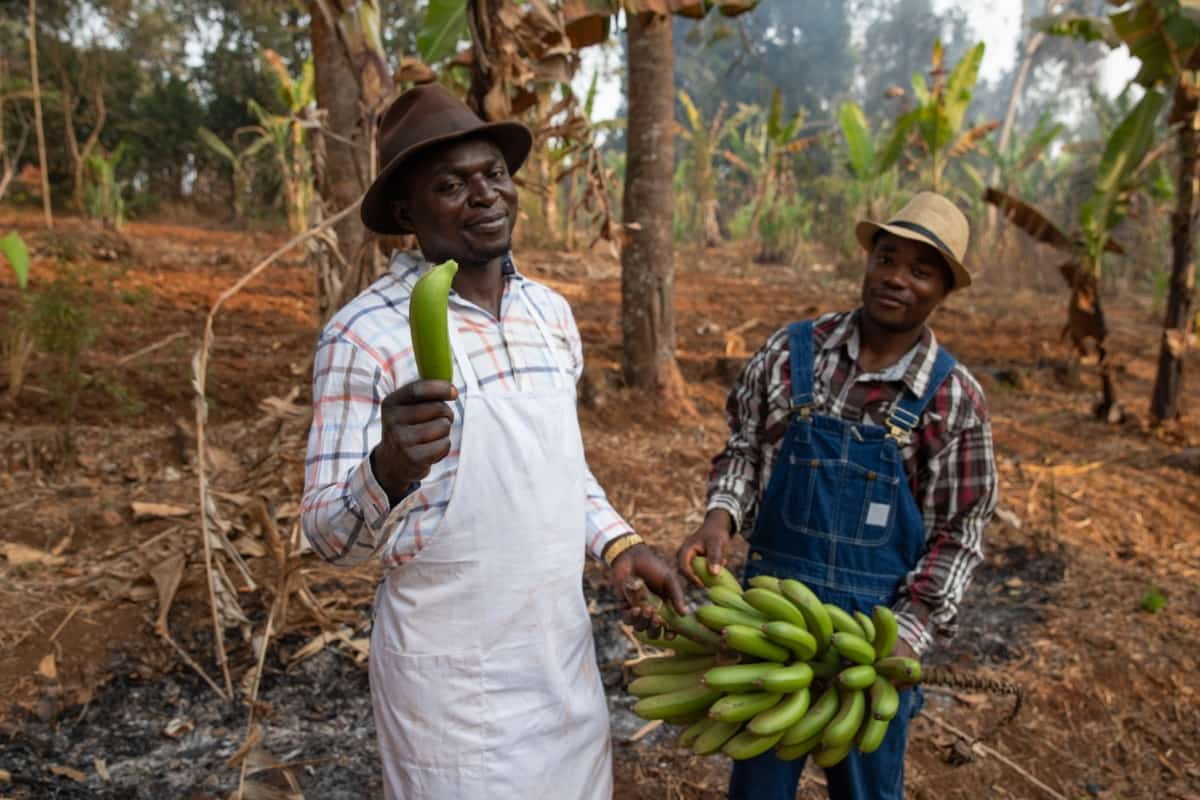
To start an organic Banana farm, choose disease-resistant varieties suitable for your climate. Utilize compost and organic matter to enrich the soil, promoting strong root development. Implement crop rotation and intercropping techniques to control pests and diseases naturally. Proper irrigation practices ensure optimal growth without water waste. The plantation should be regularly monitored for signs of pest infestations or diseases, and any problems should be promptly addressed with natural remedies like neem oil or beneficial insects.
Banana Farming Innovations and Technology
One such innovation is precision agriculture, where farmers use drones and sensors to find crop health and optimize irrigation. Another exciting innovation is biotechnology, which has led to the development of disease-resistant Banana varieties through genetic modification. This helps reduce the impact of pests and diseases on Banana crops, ensuring higher yields for farmers.
Furthermore, digital platforms now offer tools for better farm management, from tracking weather patterns to monitoring soil conditions. These technologies empower farmers with real-time data to make informed decisions that maximize productivity. In addition, sustainable practices, such as using biofertilizers and organic pesticides, are becoming more prevalent in Banana farming.
Following these tips can help you cultivate healthy Banana plants and achieve a fruitful harvest. Remember to choose the right Banana variety suited to your climate and soil conditions, provide adequate plant care and maintenance throughout the growing season, and implement pest and disease management strategies.
- Goat Farming Technology: The Future of Goat Husbandry
- How to Build a Low-budget Goat Shed: Cheap Ideas and Tips
- Goat Farming Training Programs in India: A Beginner’s Guide
- Types of Pesticides Used in Agriculture: A Beginner’s Guide
- Economical Aquaculture: A Guide to Low-Budget Fish Farming
- 15 Common Planting Errors That Can Doom Your Fruit Trees
- How to Make Houseplants Bushy: Effective Tips and Ideas
- Innovative Strategies for Boosting Coconut Pollination and Yield
- Pollination Strategies for Maximum Pumpkin Yield
- The Complete Guide to Chicken Fattening: Strategies for Maximum Growth
- Natural Solutions for Tulip Problems: 100% Effective Remedies for Leaf and Bulb-Related Issues
- Revolutionizing Citrus Preservation: Towards a Healthier, Greener Future
- Natural Solutions for Peony Leaf and Flower Problems: 100% Effective Remedies
- Maximizing Profits with Avocado Contract Farming in India: A Comprehensive Guide
- Natural Solutions for Hydrangea Problems: 100% Effective Remedies for Leaf and Flowers
- The Ultimate Guide to Choosing the Perfect Foliage Friend: Bringing Life Indoors
- From Sunlight to Sustainability: 15 Ways to Use Solar Technology in Agriculture
- The Ultimate Guide to Dong Tao Chicken: Exploring from History to Raising
- The Eco-Friendly Makeover: How to Convert Your Unused Swimming Pool into a Fish Pond
- Mastering the Art of Delaware Chicken Farming: Essentials for Healthy Backyard Flocks
- 20 Best Homemade Fertilizers for Money Plant: DIY Recipes and Application Methods
- How to Craft a Comprehensive Free-Range Chicken Farming Business Plan
- Brighten Your Flock: Raising Easter Egger Chickens for Beauty and Bounty
- How to Optimize Your Poultry Egg Farm Business Plan with These Strategies
- Subsidy for Spirulina Cultivation: How Indian Government Schemes Encouraging Spirulina Farmers
- Ultimate Guide to Raising Dominique Chickens: Breeding, Feeding, Egg-Production, and Care
- Mastering the Art of Raising Jersey Giant Chickens: Care, Feeding, and More
- Ultimate Guide to Raising Legbar Chickens: Breeding, Farming Practices, Diet, Egg-Production
- How to Raise Welsummer Chickens: A Comprehensive Guide for Beginners
- How to Protect Indoor Plants in Winter: A Comprehensive Guide
- Ultimate Guide to Grow Bag Gardening: Tips, Tricks, and Planting Ideas for Urban Gardeners
- Guide to Lotus Cultivation: How to Propagate, Plant, Grow, Care, Cost, and Profit
- Agriculture Drone Subsidy Scheme: Government Kisan Subsidy, License, and How to Apply Online
- Ultimate Guide to Raising Araucana Chickens: Breed Profile, Farming Economics, Diet, and Care
- Bringing Hydroponics to Classroom: Importance, Benefits of Learning for School Students
- Ultimate Guide to Raising Polish Chickens: Breed Profile, Farming Economics, Diet, and Care
